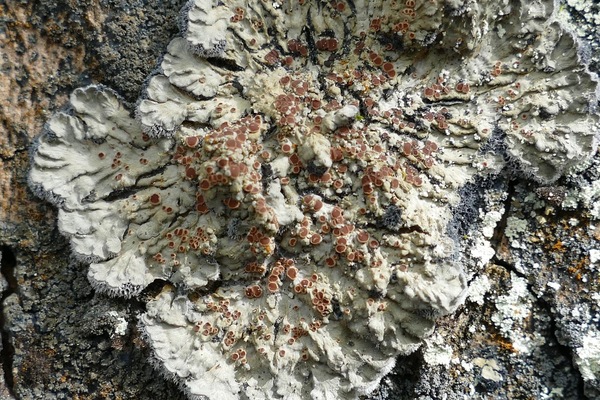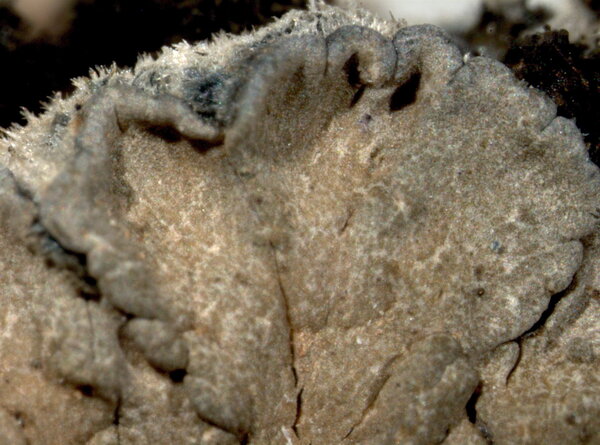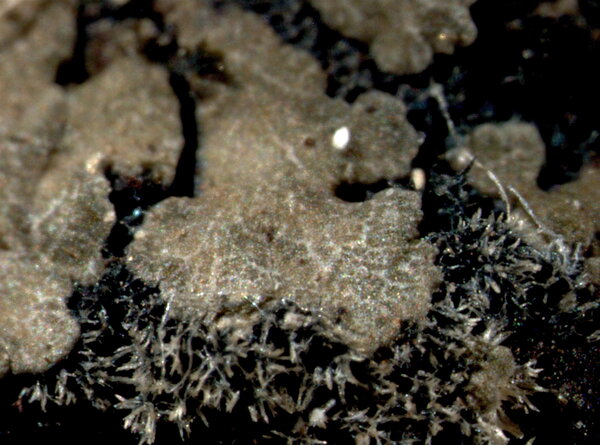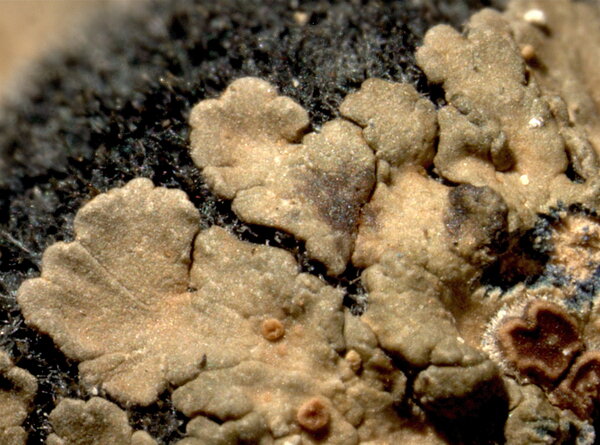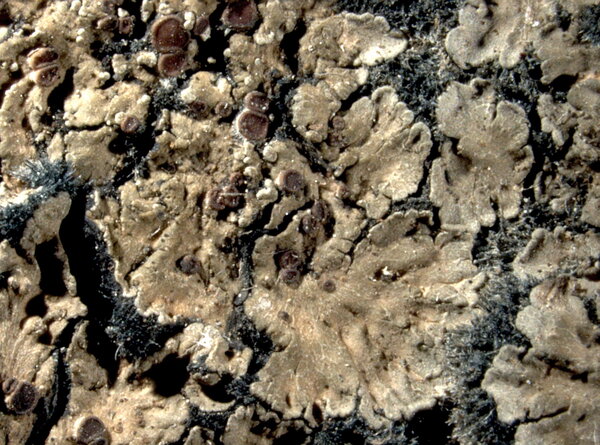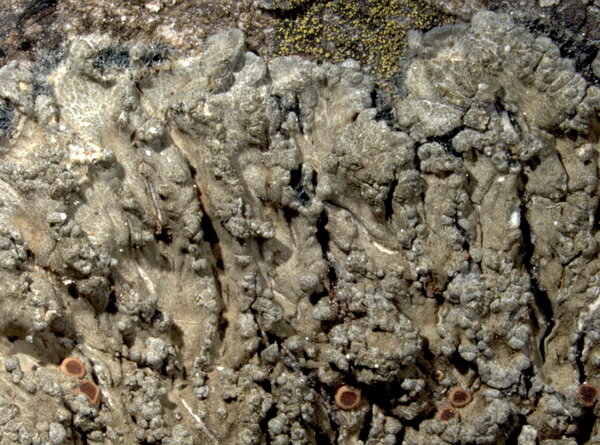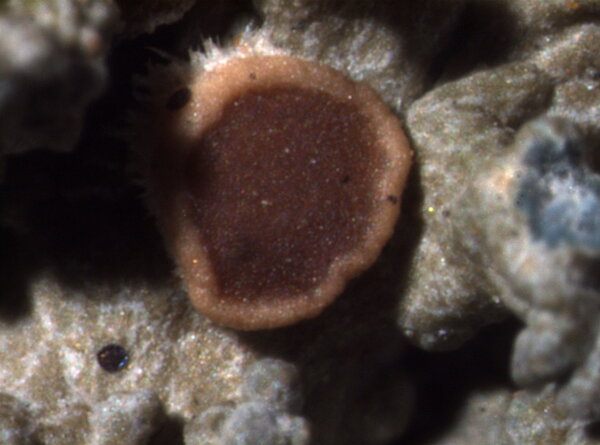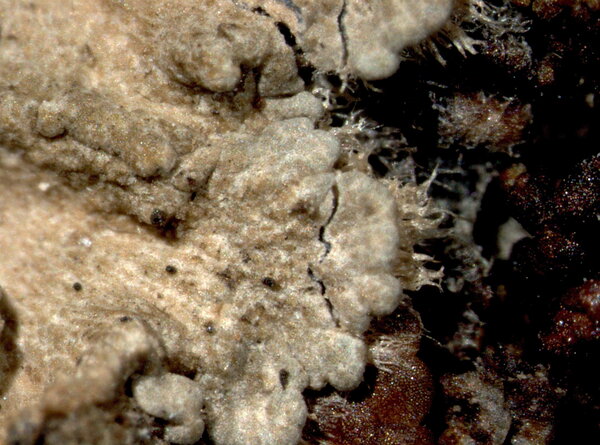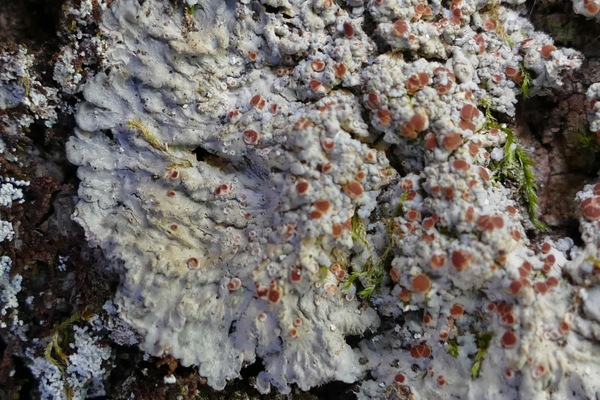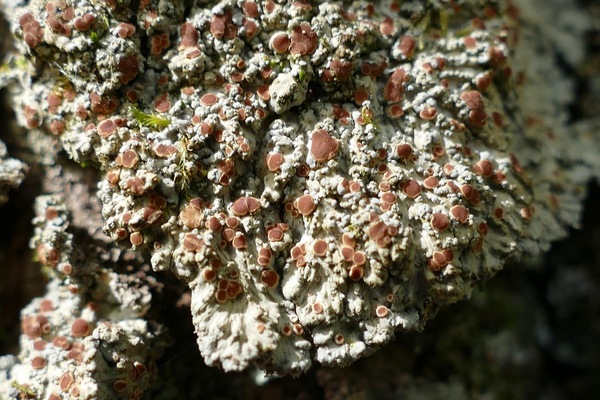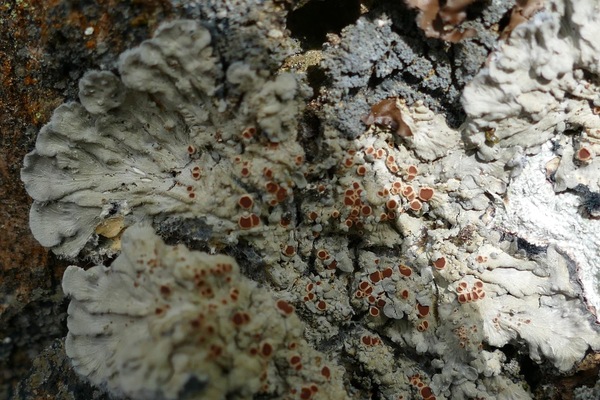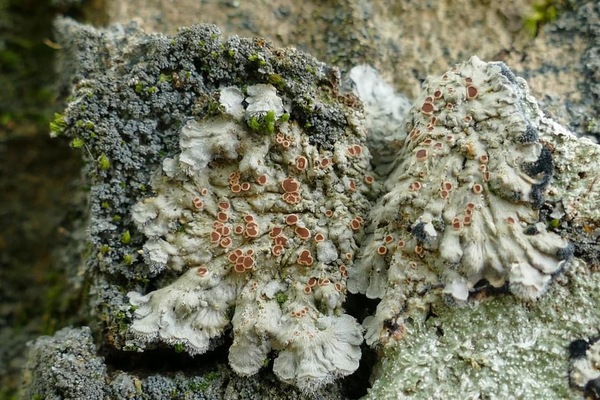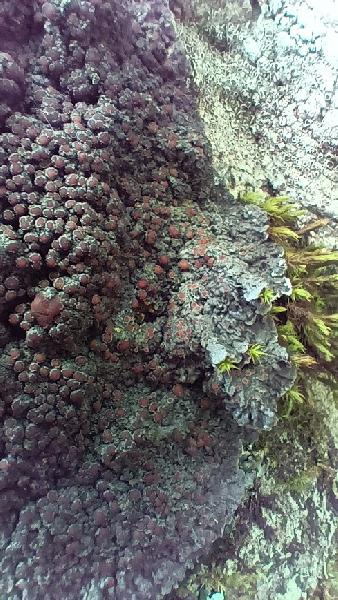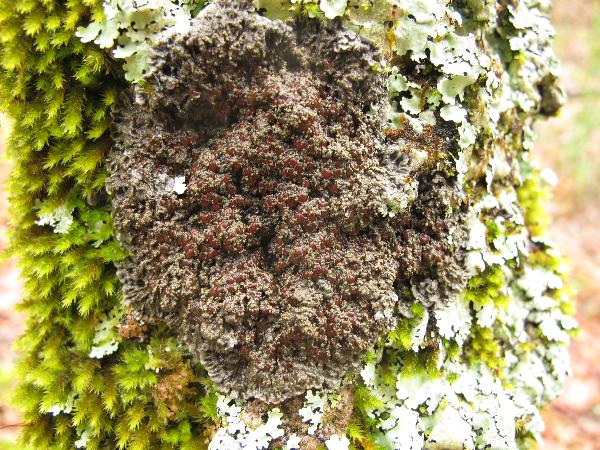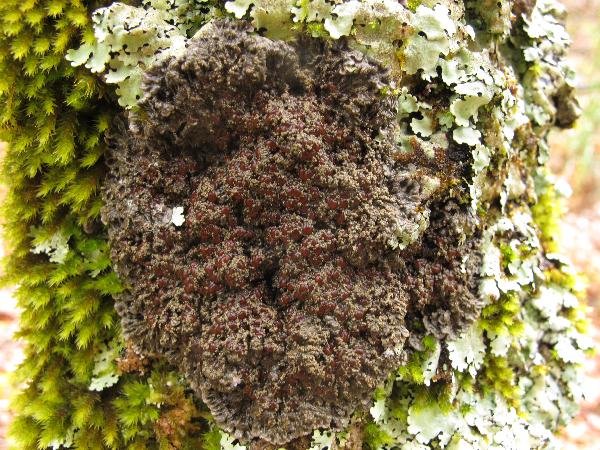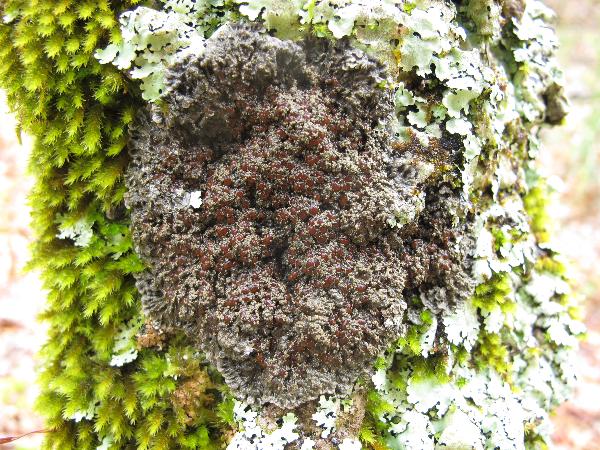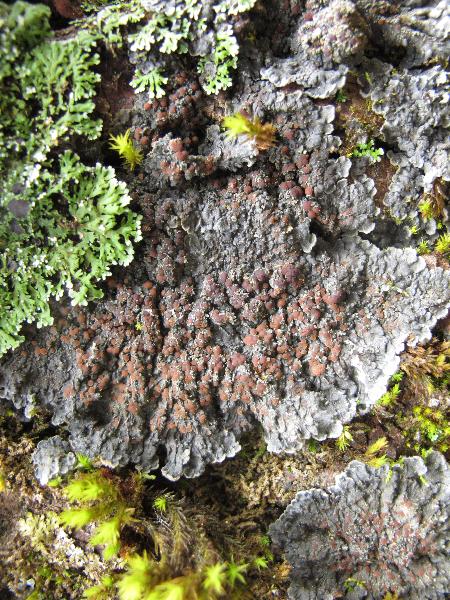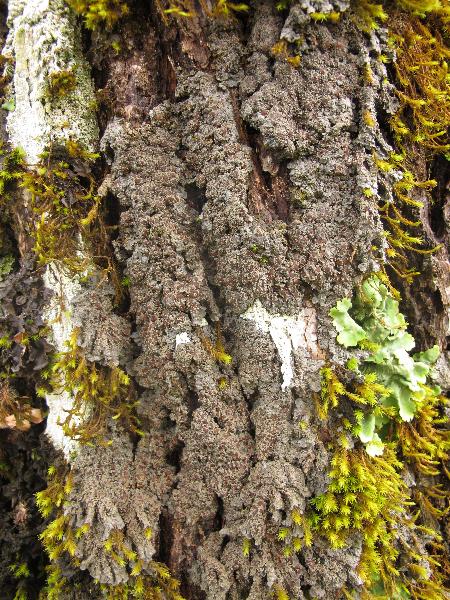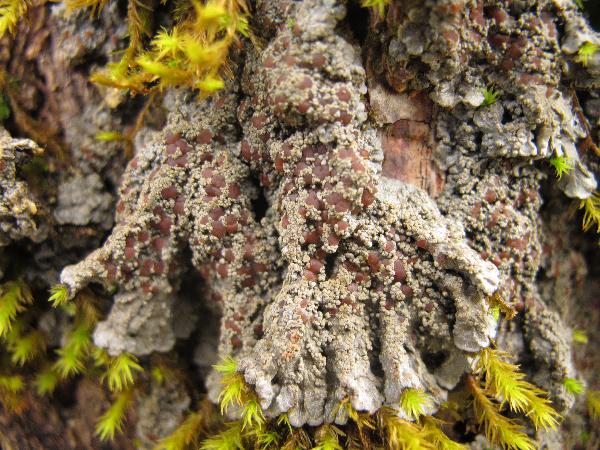Pectenia plumbea (Lightf.) P.M. Jørg., L. Lindblom, Wedin & S. Ekman
in Ekman & al., Lichenologist, 46: 652, 2014. Basionym: Lichen plumbeus Lightf. - Fl. Scot., 2: 826, 1777.
Synonyms: Coccocarpia plumbea var. cinereofumosa Caruso; Degelia plumbea (Lightf.) P.M. Jørg. & P. James; Pannaria delisei Bory; Pannaria lojaconii (Müll. Arg.) Jatta; Pannaria plumbea (Lightf.) Bory; Parmelia plumbea var. vetustior Del Amo; Parmeliella lojaconii Müll. Arg.; Parmeliella plumbea (Lightf.) Vain.; Trachyderma plumbeum (Lightf.) Norman
Distribution: N - VG, Frl (Tretiach 1996), Ven (Nascimbene & Marini 2010), TAA (Nascimbene & al. 2007b), Emil (Benesperi 2009, Fariselli & al. 2020), Lig (Brunialti & al. 1999, Giordani & Brunialti 2000, Giordani & al. 2002, Brunialti & Giordani 2003, Giordani & Incerti 2008, Watson 2014). C - Tosc (Tretiach & Nimis 1994, Loppi & al. 1997b, Putortì & Loppi 1999b, Loppi & Frati 2006, Benesperi & al. 2007, Brunialti & Frati 2010, Benesperi 2011, Frati & Brunialti 2023), Umb (Ravera 1998, 1998b, Panfili 2000, Ravera & al. 2006, Ravera & al. 2021b), Laz (Massari & Ravera 2002, Munzi & al. 2007, Brackel 2015, Ravera & al. 2021b), Abr, Mol (Frati & al. 2004, Caporale & al. 2008), Sar (Zedda 2002, Rizzi & al. 2011, Di Nuzzo & al. 2022). S - Camp (Puntillo & al. 2000, Aprile & al. 2002, 2003, 2003b, Nimis & Tretiach 2004, Garofalo & al. 2010, Catalano & al. 2010, 2016, Nascimbene & al. 2010b, Brunialti & al. 2013, Ravera & Brunialti 2013, Ravera & al. 2024a), Pugl, Bas (Potenza 2006, Potenza & Fascetti 2010, 2012, Ravera & al. 2021c), Cal (Puntillo 1995, 1996, Incerti & Nimis 2006, Brackel & Puntillo 2016), Si (Nimis & al. 1994, Schicchi & al. 1997, Grillo 1996, Merlo 2004, 2004b, Brackel 2008b, Liistro & Cataldo 2011, Campisi & al. 2020).
Description: Thallus foliose, blue-grey to grey-brown, matt, monophyllous in central part, distinctly lobed at margins, forming up to 8(-10) cm wide, orbicular rosettes. Lobes closely adpressed, contiguous, (1.5-)2-4(-5) mm wide, lacking a concave transversal segmentation, the surface with an irregular network of reticulate, narrow whitish lines; central part of thallus sometimes with globose or knob-like outgrowths resembling isidia. Lower surface with a prominent, blue-black hypothallus of rhizohyphae, sometimes extending beyond the margins. Upper cortex 25-40 μm thick, paraplectenchymatous, not sharply delimited from photobiont layer; medulla dense, white to pale brown, of parallel, horizontally oriented hyphae, the lower ones gradually merging into blue-black rhizohyphae; lower cortex poorly developed or absent. Apothecia abundant in central part, biatorine, sessile, flat to convex, up to 1.5 mm across, with a brown disc and a thin, paler, finally often excluded proper margin. Proper exciple of radiating, isodiametrical cells; epithecium pale yellowish brown; hymenium colourless, K/I+ blue; paraphyses mostly simple, not swollen at apices; hypothecium yellowish. Asci 8-spored, slightly clavate, the upper half K/I+ blue in two parallel layers, with a K/I- layer inbetween. Ascospores 1-celled, hyaline, ellipsoid, without perispore, 16-25 x 6-10 μm. Pycnidia 0.1-0.2 mm diam., often in prominent warts. Conidia bacilliform. Photobiont cyanobacterial, (Nostoc, the cells in clusters). Spot tests: cortex and medulla K-, C-, KC-, P-, UV-. Chemistry: without lichen substances. Note: a mild-temperate lichen with oceanic affinities, found on base-rich, often mossy bark of old trees, more rarely on mossy rocks in rainy-humid areas, mostly in Lobarion-communities. Widespread throughout the country, but generally rare and localised, it is included in the Italian red list of epiphytic lichens as “Near-threatened” (Nascimbene & al. 2013c). See also note to P. atlantica.
Growth form: Foliose, narrow lobed
Substrata: bark
Photobiont: cyanobacteria, filamentous (e.g. Nostoc, Scytonema)
Reproductive strategy: mainly sexual
Most common in areas with a humid-warm climate (e.g. most of Tyrrenian Italy)
Commonnes-rarity: (info)
Alpine belt: absent
Subalpine belt: absent
Oromediterranean belt: absent
Montane belt: very rare
Submediterranean belt: extremely rare
Padanian area: absent
Humid submediterranean belt: very rare
Humid mediterranean belt: very rare
Dry mediterranean belt: absent

Predictive model
Herbarium samples
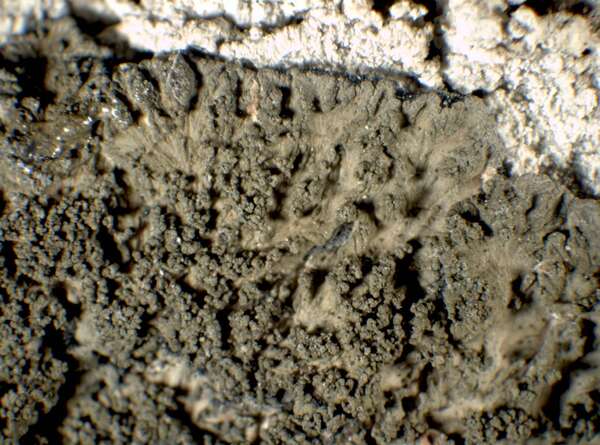

P.L. Nimis; Owner: Department of Life Sciences, University of Trieste
Herbarium: TSB (8294)
2001/12/13
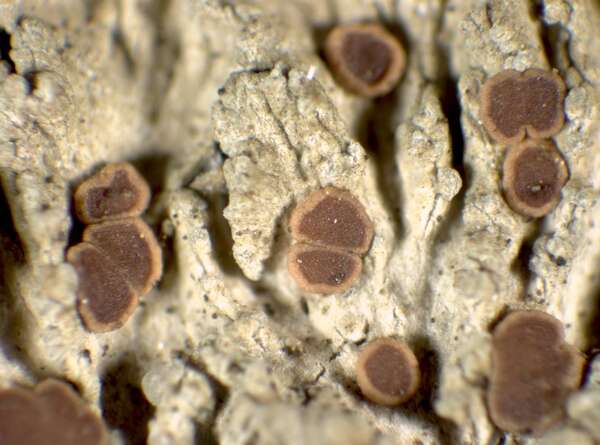

P.L. Nimis; Owner: Department of Life Sciences, University of Trieste
Herbarium: TSB (8294)
2001/12/13
apothecia


P.L. Nimis; Owner: Department of Life Sciences, University of Trieste
Herbarium: TSB (9229)
2001/12/13
hypothallus
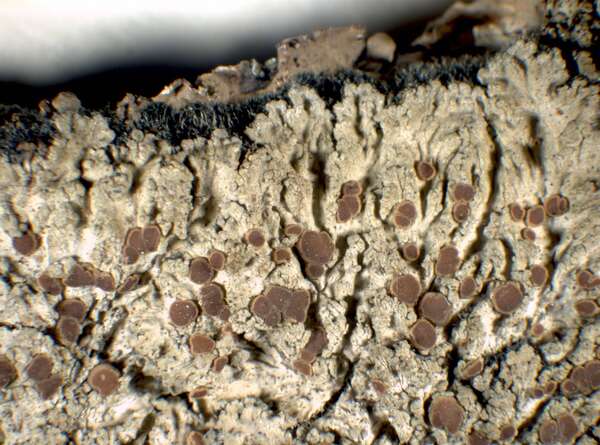

P.L. Nimis; Owner: Department of Life Sciences, University of Trieste
Herbarium: TSB (8294)
2001/12/13


P.L.Nimis; Owner: Department of Life Sciences, University of Trieste
Herbarium: TSB (37007)
2008.02.25
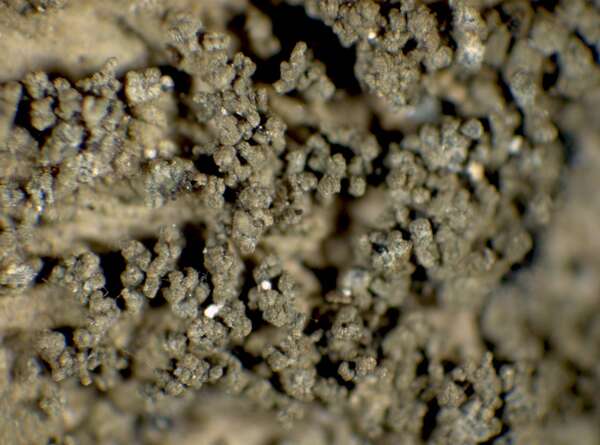

P.L. Nimis; Owner: Department of Life Sciences, University of Trieste
Herbarium: TSB (8294)
2001/12/13
isidia
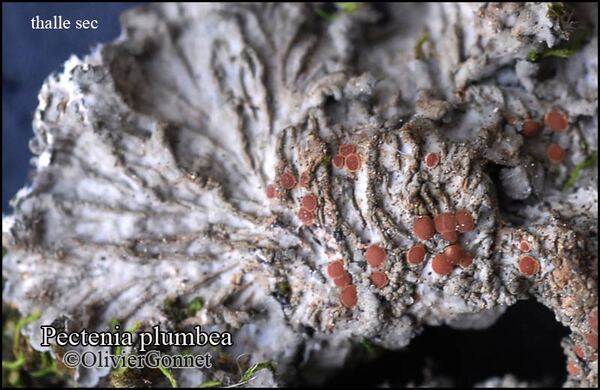
Courtesy Danièle et Olivier Gonnet - Source: https://www.afl-lichenologie.fr/Photos_AFL/Photos_AFL_P/Text_P_3/Pectenia_plumbea.htm
6/4/2011 - Cucuruzzu - Corse
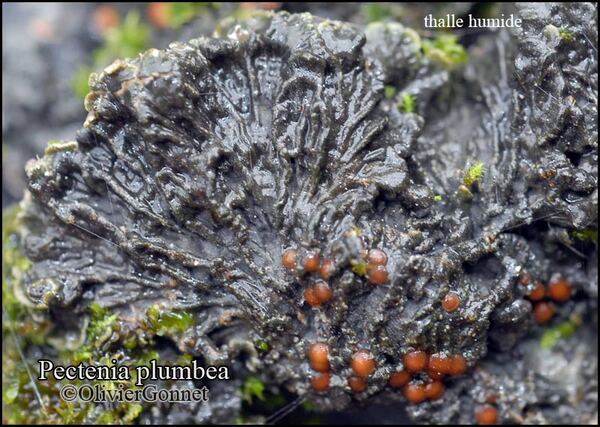
Courtesy Danièle et Olivier Gonnet - Source: https://www.afl-lichenologie.fr/Photos_AFL/Photos_AFL_P/Text_P_3/Pectenia_plumbea.htm
6/4/2011 - Cucuruzzu - Corse

Courtesy Danièle et Olivier Gonnet - Source: https://www.afl-lichenologie.fr/Photos_AFL/Photos_AFL_P/Text_P_3/Pectenia_plumbea.htm
6/4/2011 - Cucuruzzu - Corse
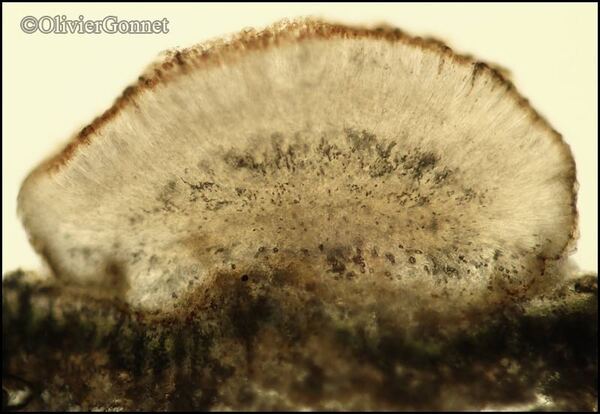
Courtesy Danièle et Olivier Gonnet - Source: https://www.afl-lichenologie.fr/Photos_AFL/Photos_AFL_P/Text_P_3/Pectenia_plumbea.htm
6/4/2011 - Cucuruzzu - Corse

Courtesy Danièle et Olivier Gonnet - Source: https://www.afl-lichenologie.fr/Photos_AFL/Photos_AFL_P/Text_P_3/Pectenia_plumbea.htm
6/4/2011 - Cucuruzzu - Corse
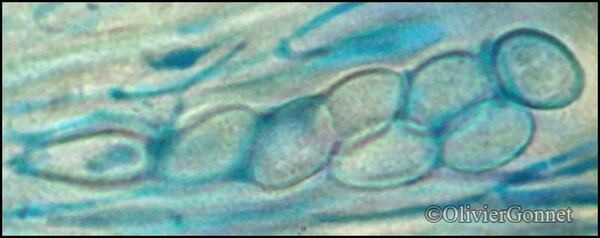
Courtesy Danièle et Olivier Gonnet - Source: https://www.afl-lichenologie.fr/Photos_AFL/Photos_AFL_P/Text_P_3/Pectenia_plumbea.htm
6/4/2011 - Cucuruzzu - Corse
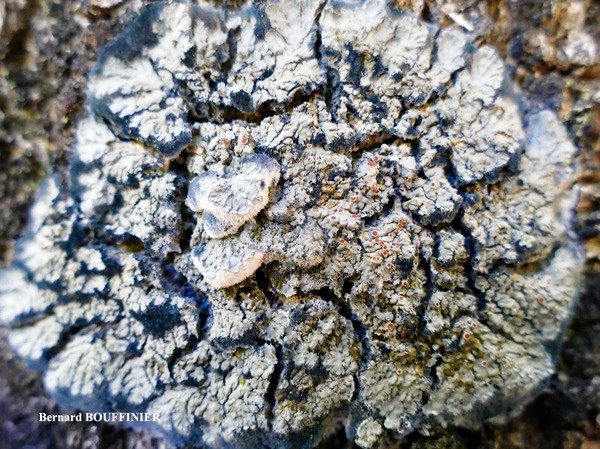
Bernard Bouffinier - Source: http://www.lichensmaritimes.org/index.php?task=fiche&lichen=308&lang=en
France, Corse, Bonifacio
morpho. plumbea
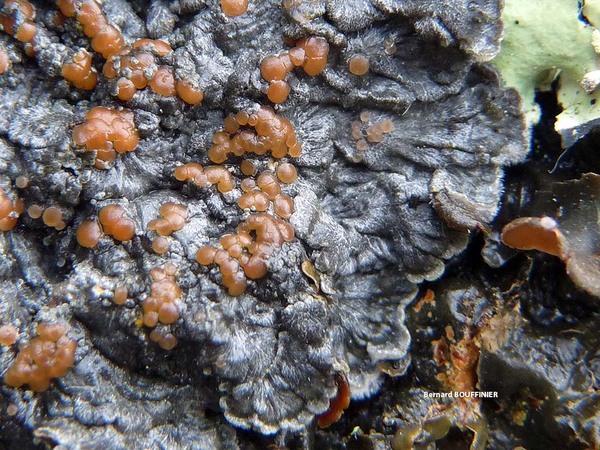
Bernard Bouffinier - Source: http://www.lichensmaritimes.org/index.php?task=fiche&lichen=308&lang=en
France, Cranou
morpho. plumbea

Bernard Bouffinier - Source: http://www.lichensmaritimes.org/index.php?task=fiche&lichen=308&lang=en
France, Lesteven
morpho. plumbea
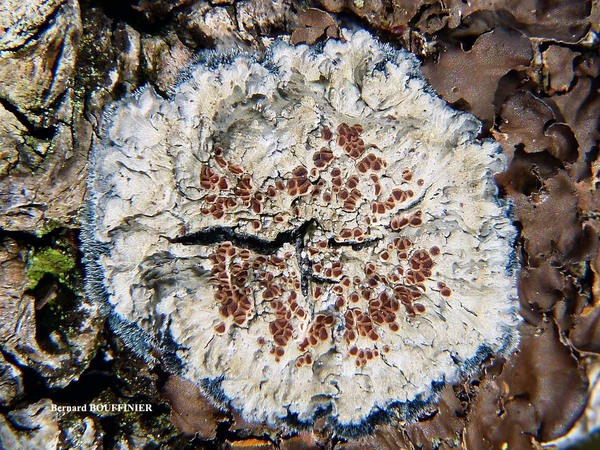
Bernard Bouffinier - Source: http://www.lichensmaritimes.org/index.php?task=fiche&lichen=308&lang=en
France, Lesteven
morpho. plumbea
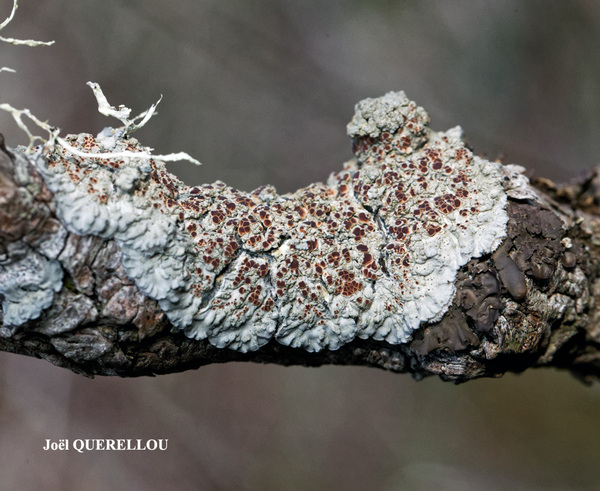
Bernard Bouffinier - Source: http://www.lichensmaritimes.org/index.php?task=fiche&lichen=308&lang=en
France, Lesteven
morpho. plumbea
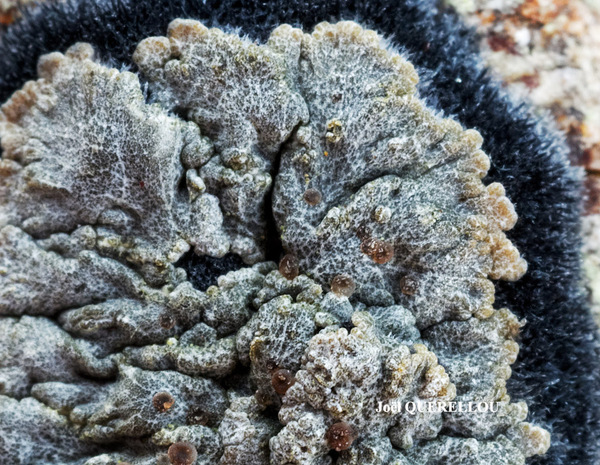
Joel Querellou - Source: http://www.lichensmaritimes.org/index.php?task=fiche&lichen=308&lang=en
France, Lesteven
morpho. plumbea
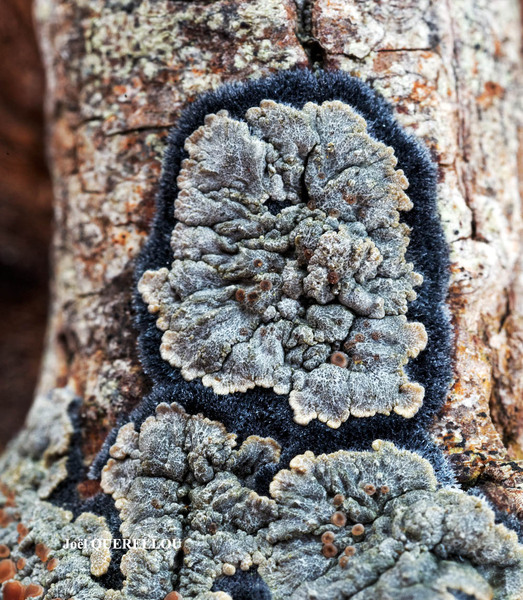
Joel Querellou - Source: http://www.lichensmaritimes.org/index.php?task=fiche&lichen=308&lang=en
France, Lesteven
morpho. plumbea
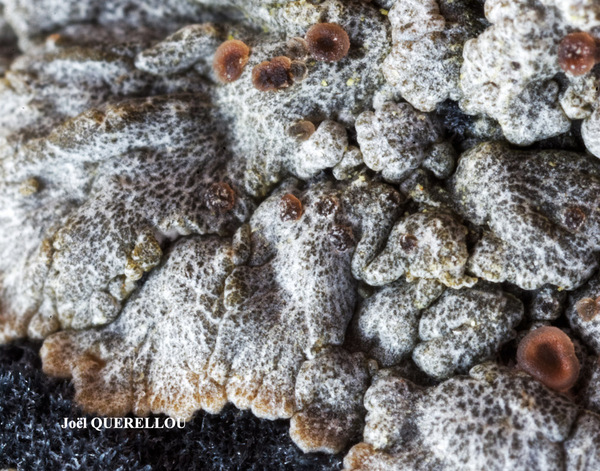
Joel Querellou - Source: http://www.lichensmaritimes.org/index.php?task=fiche&lichen=308&lang=en
France, Lesteven
morpho. plumbea

Joel Querellou - Source: http://www.lichensmaritimes.org/index.php?task=fiche&lichen=308&lang=en
France, Lesteven
morpho. plumbea
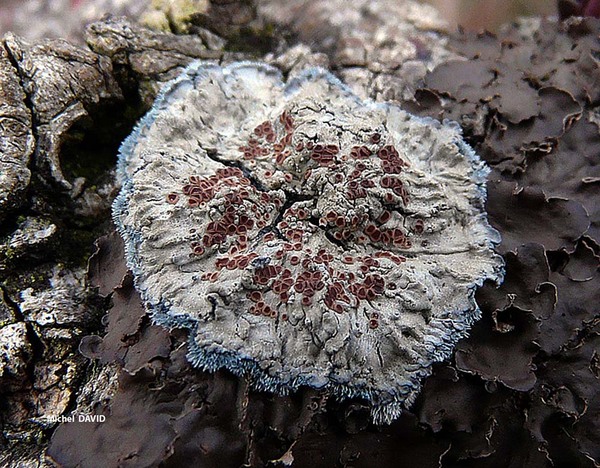
Michel David - Source: http://www.lichensmaritimes.org/index.php?task=fiche&lichen=308&lang=en
France, Lesteven
morpho. plumbea
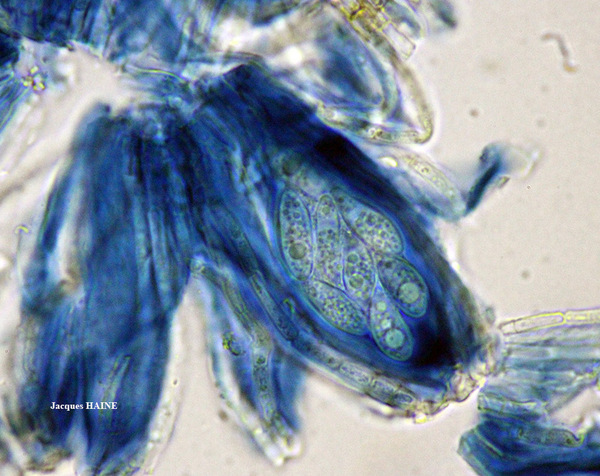
Jacques Haine - Source: http://www.lichensmaritimes.org/index.php?task=fiche&lichen=308&lang=en
France, Lesteven
morpho. plumbea
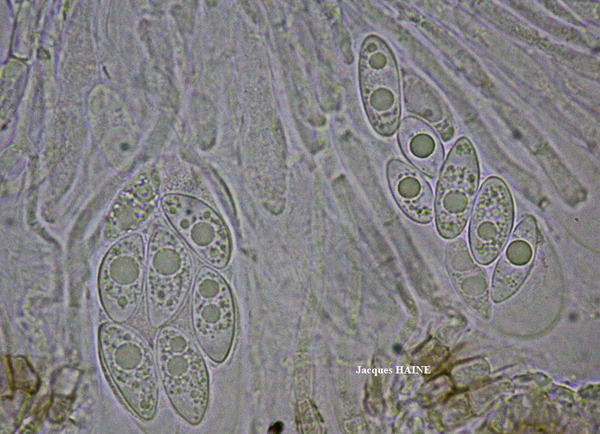
Jacques Haine - Source: http://www.lichensmaritimes.org/index.php?task=fiche&lichen=308&lang=en
France, Lesteven
morpho. plumbea
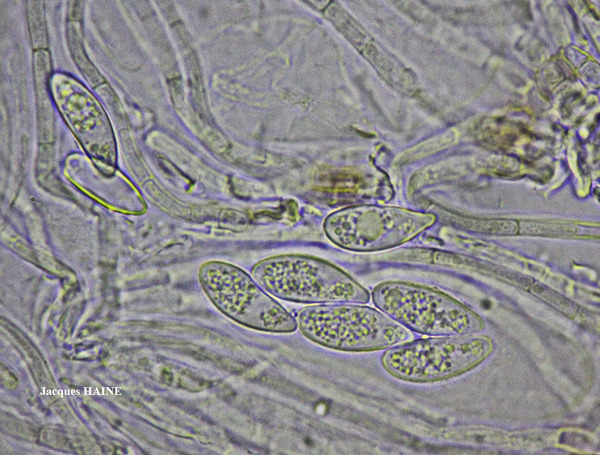
Jacques Haine - Source: http://www.lichensmaritimes.org/index.php?task=fiche&lichen=308&lang=en
France, Lesteven
morpho. plumbea

Ulrich Kirschbaum CC BY-SA 4.0 - Source: https://www.thm.de/lse/ulrich-kirschbaum/flechtenbilder
Spain: Canary Islands: La Gomera.

Ulrich Kirschbaum CC BY-SA 4.0 - Source: https://www.thm.de/lse/ulrich-kirschbaum/flechtenbilder
Spain: Canary Islands: La Gomera.


Felix Schumm - CC BY-SA 4.0
[2860], Spanien, Kanarische Inseln, Tenerife: verbreitet an halbschattigen,
moosreichen, aber verhältnismäßig glattflächigen Borkenpartien
der Mittelstämme von Erica arborea L. und Ilex canariensis im Pannarietum
leucostictae Klem., 900 m, NO-NW, pH 6,5. Leg. G. Follmann,
04.1977, det. G. Follmann. EX G. FOLLMANN: LICHENES EXSICCXATI
SELECTI A MUSEO HISTORIAE NATURALIS CASSELENSI EDITI NR. 333.
- dichter Nebelwald auf dem Tabordokamm auf der Anagahalbinsel.
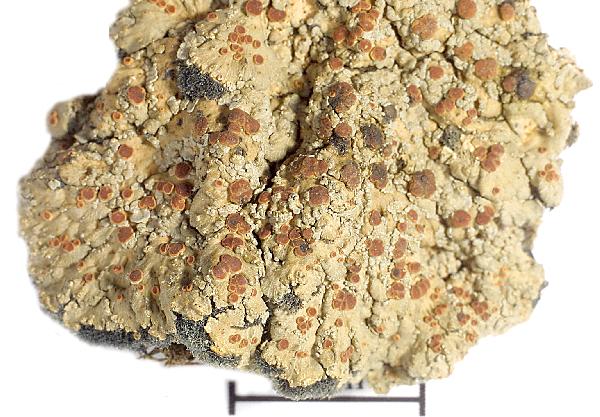

Felix Schumm - CC BY-SA 4.0
[2860], Spanien, Kanarische Inseln, Tenerife: verbreitet an halbschattigen,
moosreichen, aber verhältnismäßig glattflächigen Borkenpartien
der Mittelstämme von Erica arborea L. und Ilex canariensis im Pannarietum
leucostictae Klem., 900 m, NO-NW, pH 6,5. Leg. G. Follmann,
04.1977, det. G. Follmann. EX G. FOLLMANN: LICHENES EXSICCXATI
SELECTI A MUSEO HISTORIAE NATURALIS CASSELENSI EDITI NR. 333.
- dichter Nebelwald auf dem Tabordokamm auf der Anagahalbinsel.
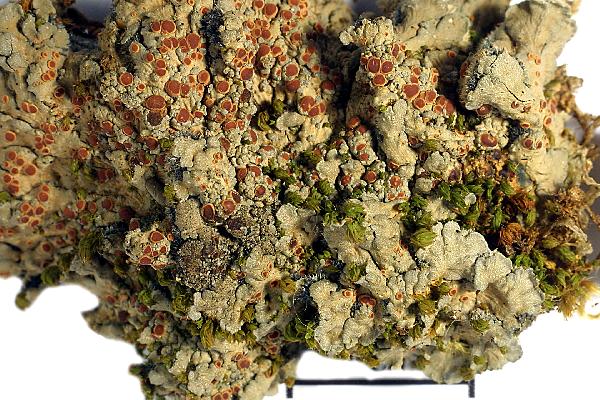

Felix Schumm - CC BY-SA 4.0
[2860], Spanien, Kanarische Inseln, Tenerife: verbreitet an halbschattigen,
moosreichen, aber verhältnismäßig glattflächigen Borkenpartien
der Mittelstämme von Erica arborea L. und Ilex canariensis im Pannarietum
leucostictae Klem., 900 m, NO-NW, pH 6,5. Leg. G. Follmann,
04.1977, det. G. Follmann. EX G. FOLLMANN: LICHENES EXSICCXATI
SELECTI A MUSEO HISTORIAE NATURALIS CASSELENSI EDITI NR. 333.
- dichter Nebelwald auf dem Tabordokamm auf der Anagahalbinsel.
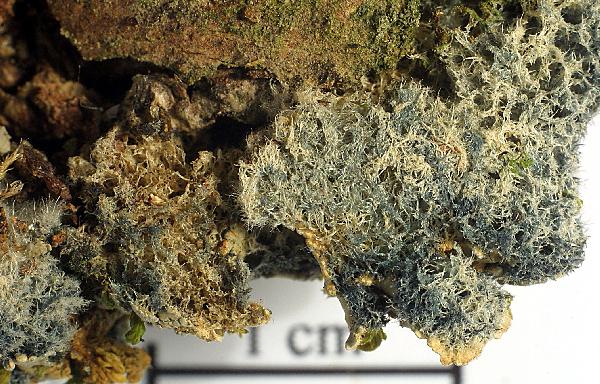

Felix Schumm - CC BY-SA 4.0
[2860], Spanien, Kanarische Inseln, Tenerife: verbreitet an halbschattigen,
moosreichen, aber verhältnismäßig glattflächigen Borkenpartien
der Mittelstämme von Erica arborea L. und Ilex canariensis im Pannarietum
leucostictae Klem., 900 m, NO-NW, pH 6,5. Leg. G. Follmann,
04.1977, det. G. Follmann. EX G. FOLLMANN: LICHENES EXSICCXATI
SELECTI A MUSEO HISTORIAE NATURALIS CASSELENSI EDITI NR. 333.
- dichter Nebelwald auf dem Tabordokamm auf der Anagahalbinsel.


Felix Schumm - CC BY-SA 4.0
[2860], Spanien, Kanarische Inseln, Tenerife: verbreitet an halbschattigen,
moosreichen, aber verhältnismäßig glattflächigen Borkenpartien
der Mittelstämme von Erica arborea L. und Ilex canariensis im Pannarietum
leucostictae Klem., 900 m, NO-NW, pH 6,5. Leg. G. Follmann,
04.1977, det. G. Follmann. EX G. FOLLMANN: LICHENES EXSICCXATI
SELECTI A MUSEO HISTORIAE NATURALIS CASSELENSI EDITI NR. 333.
- dichter Nebelwald auf dem Tabordokamm auf der Anagahalbinsel.
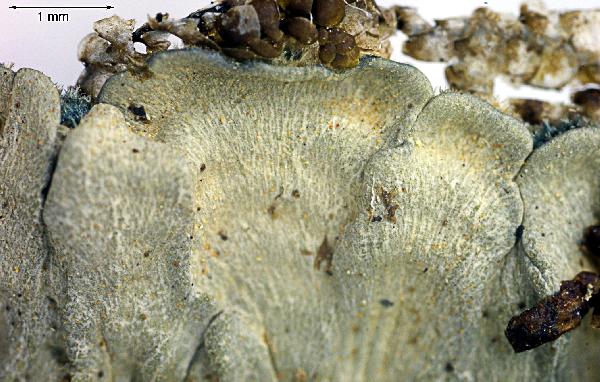

Felix Schumm - CC BY-SA 4.0
[9106], Spanien, Kanaren, La Gomera: Beim Mirador de Alojera
(Piedras Hincadas) nördlich von Arure im Lorbeer-Erica Wald,
28°08.995' N, 17°18.483 W, 1000 m. Leg. F. 10.02.2002, det. F.
Schumm, 2007. - Obere Rinde in Längsschnitten antiklinal bis pseudoparenchymatisch;
keine periklinale Schicht zu sehen.
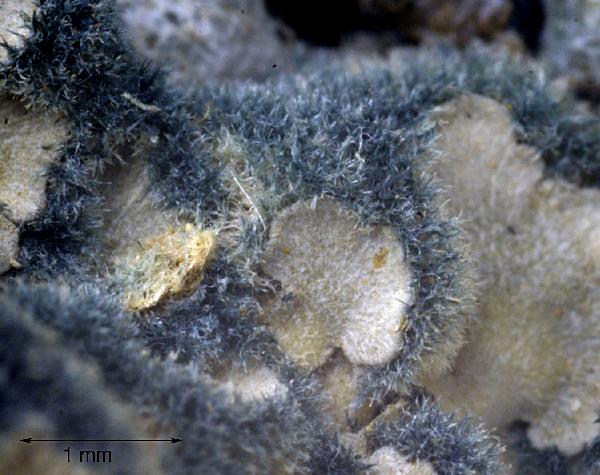

Felix Schumm - CC BY-SA 4.0
[9106], Spanien, Kanaren, La Gomera: Beim Mirador de Alojera
(Piedras Hincadas) nördlich von Arure im Lorbeer-Erica Wald,
28°08.995' N, 17°18.483 W, 1000 m. Leg. F. 10.02.2002, det. F.
Schumm, 2007. - Obere Rinde in Längsschnitten antiklinal bis pseudoparenchymatisch;
keine periklinale Schicht zu sehen.
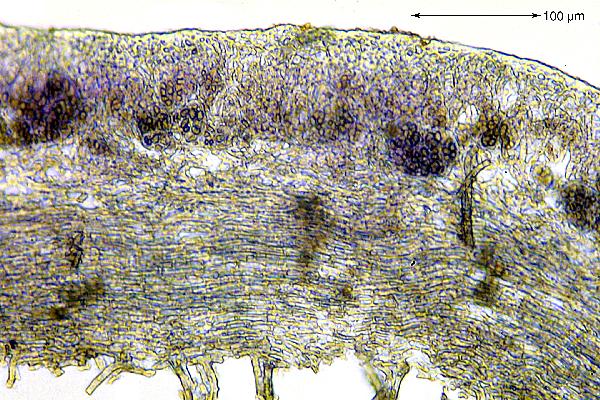

Felix Schumm - CC BY-SA 4.0
[9106], Spanien, Kanaren, La Gomera: Beim Mirador de Alojera
(Piedras Hincadas) nördlich von Arure im Lorbeer-Erica Wald,
28°08.995' N, 17°18.483 W, 1000 m. Leg. F. 10.02.2002, det. F.
Schumm, 2007. - Obere Rinde in Längsschnitten antiklinal bis pseudoparenchymatisch;
keine periklinale Schicht zu sehen.
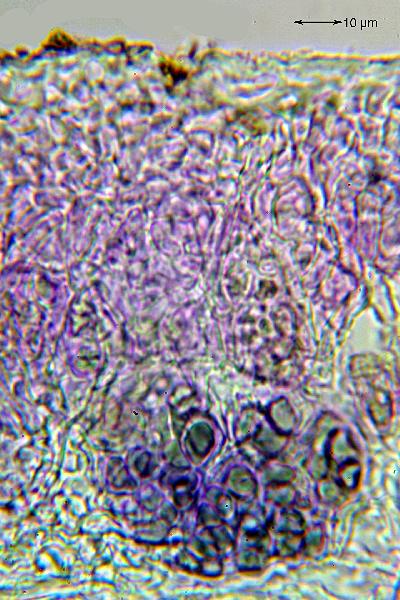

Felix Schumm - CC BY-SA 4.0
[9106], Spanien, Kanaren, La Gomera: Beim Mirador de Alojera
(Piedras Hincadas) nördlich von Arure im Lorbeer-Erica Wald,
28°08.995' N, 17°18.483 W, 1000 m. Leg. F. 10.02.2002, det. F.
Schumm, 2007. - Obere Rinde in Längsschnitten antiklinal bis pseudoparenchymatisch;
keine periklinale Schicht zu sehen.


Felix Schumm - CC BY-SA 4.0
[9106], Spanien, Kanaren, La Gomera: Beim Mirador de Alojera
(Piedras Hincadas) nördlich von Arure im Lorbeer-Erica Wald,
28°08.995' N, 17°18.483 W, 1000 m. Leg. F. 10.02.2002, det. F.
Schumm, 2007. - Obere Rinde in Längsschnitten antiklinal bis pseudoparenchymatisch;
keine periklinale Schicht zu sehen.


Felix Schumm - CC BY-SA 4.0
[9106], Spanien, Kanaren, La Gomera: Beim Mirador de Alojera
(Piedras Hincadas) nördlich von Arure im Lorbeer-Erica Wald,
28°08.995' N, 17°18.483 W, 1000 m. Leg. F. 10.02.2002, det. F.
Schumm, 2007. - Obere Rinde in Längsschnitten antiklinal bis pseudoparenchymatisch;
keine periklinale Schicht zu sehen.


Felix Schumm - CC BY-SA 4.0
[9106], Spanien, Kanaren, La Gomera: Beim Mirador de Alojera
(Piedras Hincadas) nördlich von Arure im Lorbeer-Erica Wald,
28°08.995' N, 17°18.483 W, 1000 m. Leg. F. 10.02.2002, det. F.
Schumm, 2007. - Obere Rinde in Längsschnitten antiklinal bis pseudoparenchymatisch;
keine periklinale Schicht zu sehen.
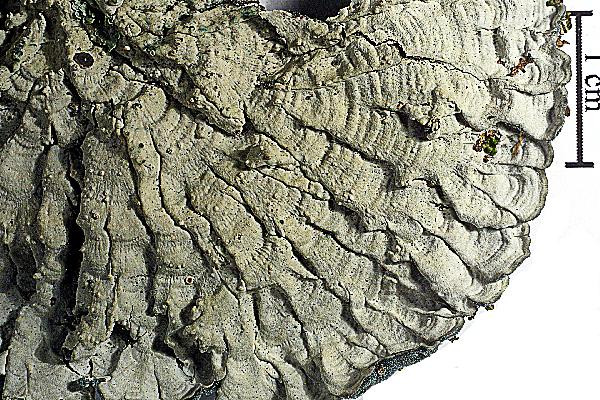

Felix Schumm - CC BY-SA 4.0
[10783], Portugal, Azoren, Sao Miguel: Südufer des Lagoa das Furnas,
270 m, 37°45.022' N, 25°19.807' W. Leg. F. Schumm. 03.06.2003, det.
F. Schumm 07.2003. - Sporen hyalin, zu 8, 11-13 x 4,4-6,5 μm, 1-
zellig; Apoth. Rand. ohne Algen, zellig; Algenzellen 6,5 μm; Obere
Rinde nicht deutlich periklinal sondern antiklinal!


Felix Schumm - CC BY-SA 4.0
[10783], Portugal, Azoren, Sao Miguel: Südufer des Lagoa das Furnas,
270 m, 37°45.022' N, 25°19.807' W. Leg. F. Schumm. 03.06.2003, det.
F. Schumm 07.2003. - Sporen hyalin, zu 8, 11-13 x 4,4-6,5 μm, 1-
zellig; Apoth. Rand. ohne Algen, zellig; Algenzellen 6,5 μm; Obere
Rinde nicht deutlich periklinal sondern antiklinal!
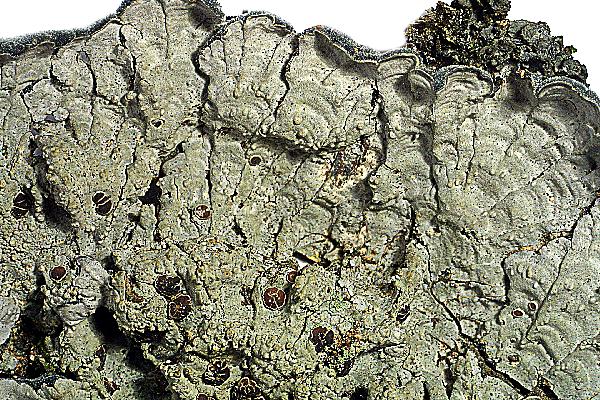

Felix Schumm - CC BY-SA 4.0
[10783], Portugal, Azoren, Sao Miguel: Südufer des Lagoa das Furnas,
270 m, 37°45.022' N, 25°19.807' W. Leg. F. Schumm. 03.06.2003, det.
F. Schumm 07.2003. - Sporen hyalin, zu 8, 11-13 x 4,4-6,5 μm, 1-
zellig; Apoth. Rand. ohne Algen, zellig; Algenzellen 6,5 μm; Obere
Rinde nicht deutlich periklinal sondern antiklinal!
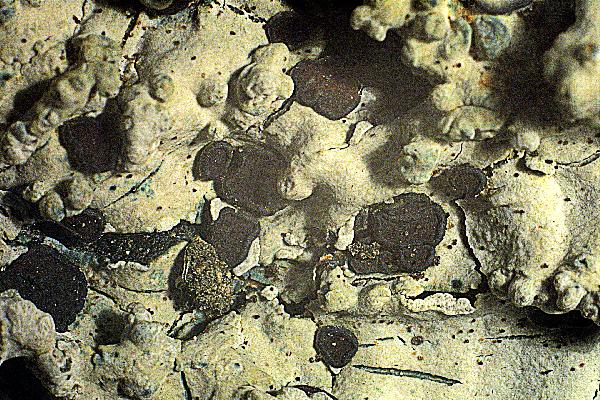

Felix Schumm - CC BY-SA 4.0
[10783], Portugal, Azoren, Sao Miguel: Südufer des Lagoa das Furnas,
270 m, 37°45.022' N, 25°19.807' W. Leg. F. Schumm. 03.06.2003, det.
F. Schumm 07.2003. - Sporen hyalin, zu 8, 11-13 x 4,4-6,5 μm, 1-
zellig; Apoth. Rand. ohne Algen, zellig; Algenzellen 6,5 μm; Obere
Rinde nicht deutlich periklinal sondern antiklinal!
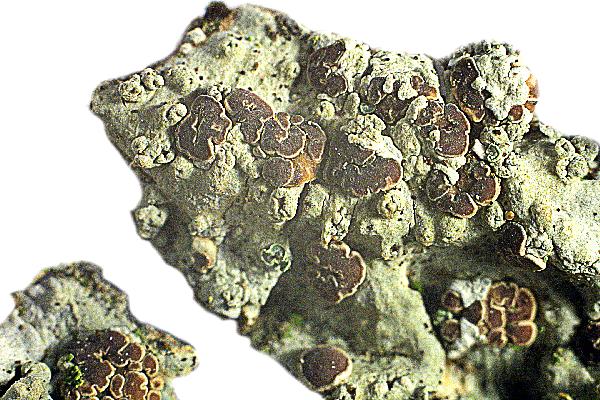

Felix Schumm - CC BY-SA 4.0
[10783], Portugal, Azoren, Sao Miguel: Südufer des Lagoa das Furnas,
270 m, 37°45.022' N, 25°19.807' W. Leg. F. Schumm. 03.06.2003, det.
F. Schumm 07.2003. - Sporen hyalin, zu 8, 11-13 x 4,4-6,5 μm, 1-
zellig; Apoth. Rand. ohne Algen, zellig; Algenzellen 6,5 μm; Obere
Rinde nicht deutlich periklinal sondern antiklinal!
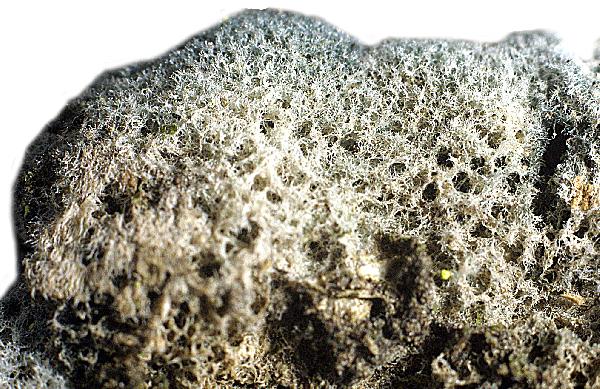

Felix Schumm - CC BY-SA 4.0
[10783], Portugal, Azoren, Sao Miguel: Südufer des Lagoa das Furnas,
270 m, 37°45.022' N, 25°19.807' W. Leg. F. Schumm. 03.06.2003, det.
F. Schumm 07.2003. - Sporen hyalin, zu 8, 11-13 x 4,4-6,5 μm, 1-
zellig; Apoth. Rand. ohne Algen, zellig; Algenzellen 6,5 μm; Obere
Rinde nicht deutlich periklinal sondern antiklinal!
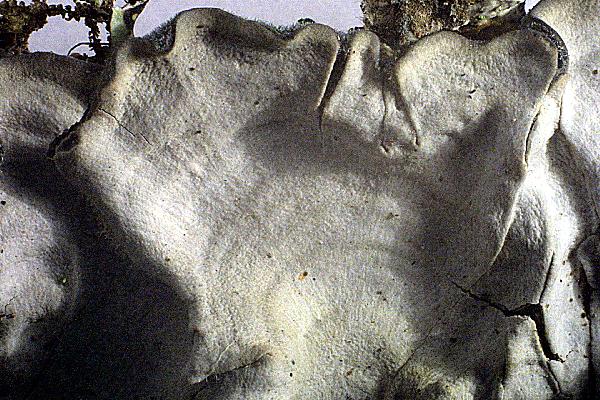

Felix Schumm - CC BY-SA 4.0
[10783], Portugal, Azoren, Sao Miguel: Südufer des Lagoa das Furnas,
270 m, 37°45.022' N, 25°19.807' W. Leg. F. Schumm. 03.06.2003, det.
F. Schumm 07.2003. - Sporen hyalin, zu 8, 11-13 x 4,4-6,5 μm, 1-
zellig; Apoth. Rand. ohne Algen, zellig; Algenzellen 6,5 μm; Obere
Rinde nicht deutlich periklinal sondern antiklinal!
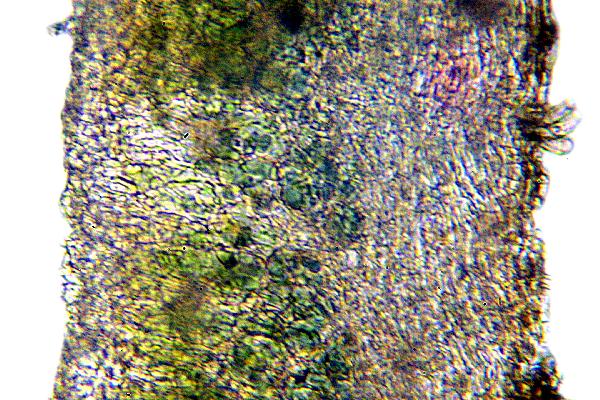

Felix Schumm - CC BY-SA 4.0
[10783], Portugal, Azoren, Sao Miguel: Südufer des Lagoa das Furnas,
270 m, 37°45.022' N, 25°19.807' W. Leg. F. Schumm. 03.06.2003, det.
F. Schumm 07.2003. - Sporen hyalin, zu 8, 11-13 x 4,4-6,5 μm, 1-
zellig; Apoth. Rand. ohne Algen, zellig; Algenzellen 6,5 μm; Obere
Rinde nicht deutlich periklinal sondern antiklinal!
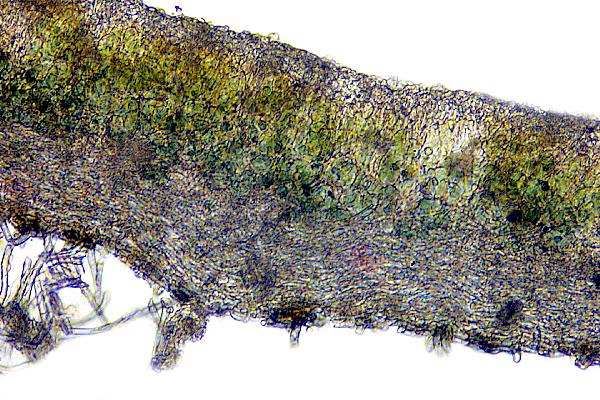

Felix Schumm - CC BY-SA 4.0
[10783], Portugal, Azoren, Sao Miguel: Südufer des Lagoa das Furnas,
270 m, 37°45.022' N, 25°19.807' W. Leg. F. Schumm. 03.06.2003, det.
F. Schumm 07.2003. - Sporen hyalin, zu 8, 11-13 x 4,4-6,5 μm, 1-
zellig; Apoth. Rand. ohne Algen, zellig; Algenzellen 6,5 μm; Obere
Rinde nicht deutlich periklinal sondern antiklinal!
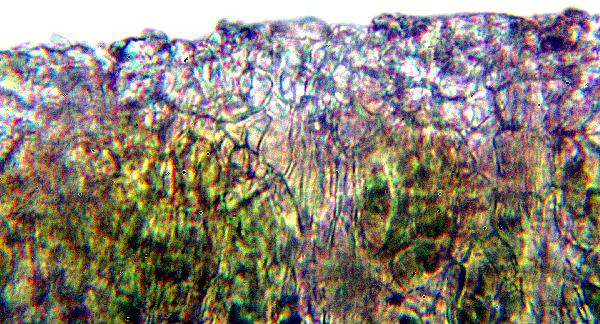

Felix Schumm - CC BY-SA 4.0
[10783], Portugal, Azoren, Sao Miguel: Südufer des Lagoa das Furnas,
270 m, 37°45.022' N, 25°19.807' W. Leg. F. Schumm. 03.06.2003, det.
F. Schumm 07.2003. - Sporen hyalin, zu 8, 11-13 x 4,4-6,5 μm, 1-
zellig; Apoth. Rand. ohne Algen, zellig; Algenzellen 6,5 μm; Obere
Rinde nicht deutlich periklinal sondern antiklinal!
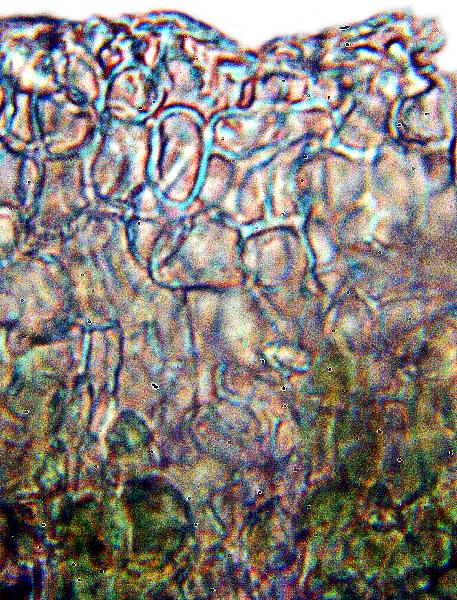

Felix Schumm - CC BY-SA 4.0
[10783], Portugal, Azoren, Sao Miguel: Südufer des Lagoa das Furnas,
270 m, 37°45.022' N, 25°19.807' W. Leg. F. Schumm. 03.06.2003, det.
F. Schumm 07.2003. - Sporen hyalin, zu 8, 11-13 x 4,4-6,5 μm, 1-
zellig; Apoth. Rand. ohne Algen, zellig; Algenzellen 6,5 μm; Obere
Rinde nicht deutlich periklinal sondern antiklinal!


Felix Schumm - CC BY-SA 4.0
[10783], Portugal, Azoren, Sao Miguel: Südufer des Lagoa das Furnas,
270 m, 37°45.022' N, 25°19.807' W. Leg. F. Schumm. 03.06.2003, det.
F. Schumm 07.2003. - Sporen hyalin, zu 8, 11-13 x 4,4-6,5 μm, 1-
zellig; Apoth. Rand. ohne Algen, zellig; Algenzellen 6,5 μm; Obere
Rinde nicht deutlich periklinal sondern antiklinal!
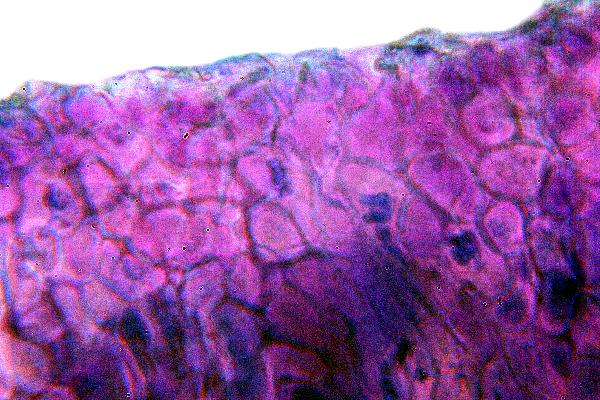

Felix Schumm - CC BY-SA 4.0
[10783], Portugal, Azoren, Sao Miguel: Südufer des Lagoa das Furnas,
270 m, 37°45.022' N, 25°19.807' W. Leg. F. Schumm. 03.06.2003, det.
F. Schumm 07.2003. - Sporen hyalin, zu 8, 11-13 x 4,4-6,5 μm, 1-
zellig; Apoth. Rand. ohne Algen, zellig; Algenzellen 6,5 μm; Obere
Rinde nicht deutlich periklinal sondern antiklinal!
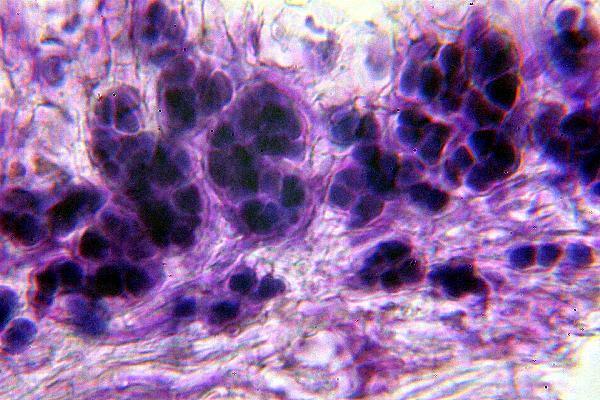

Felix Schumm - CC BY-SA 4.0
[10783], Portugal, Azoren, Sao Miguel: Südufer des Lagoa das Furnas,
270 m, 37°45.022' N, 25°19.807' W. Leg. F. Schumm. 03.06.2003, det.
F. Schumm 07.2003. - Sporen hyalin, zu 8, 11-13 x 4,4-6,5 μm, 1-
zellig; Apoth. Rand. ohne Algen, zellig; Algenzellen 6,5 μm; Obere
Rinde nicht deutlich periklinal sondern antiklinal!
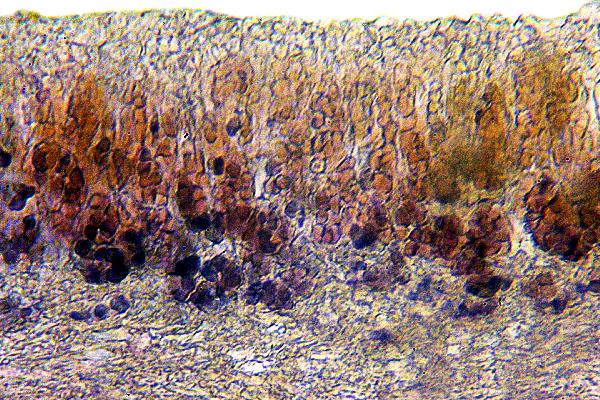

Felix Schumm - CC BY-SA 4.0
[10783], Portugal, Azoren, Sao Miguel: Südufer des Lagoa das Furnas,
270 m, 37°45.022' N, 25°19.807' W. Leg. F. Schumm. 03.06.2003, det.
F. Schumm 07.2003. - Sporen hyalin, zu 8, 11-13 x 4,4-6,5 μm, 1-
zellig; Apoth. Rand. ohne Algen, zellig; Algenzellen 6,5 μm; Obere
Rinde nicht deutlich periklinal sondern antiklinal!
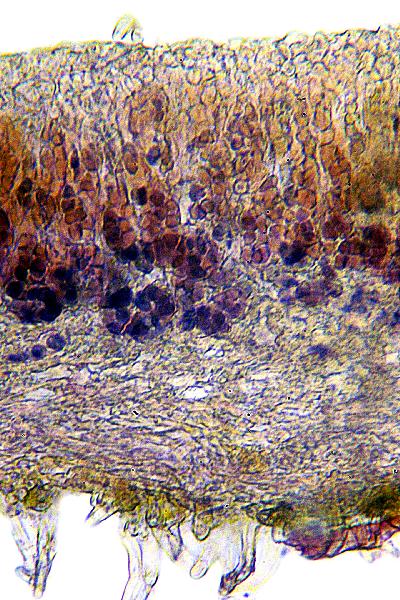

Felix Schumm - CC BY-SA 4.0
[10783], Portugal, Azoren, Sao Miguel: Südufer des Lagoa das Furnas,
270 m, 37°45.022' N, 25°19.807' W. Leg. F. Schumm. 03.06.2003, det.
F. Schumm 07.2003. - Sporen hyalin, zu 8, 11-13 x 4,4-6,5 μm, 1-
zellig; Apoth. Rand. ohne Algen, zellig; Algenzellen 6,5 μm; Obere
Rinde nicht deutlich periklinal sondern antiklinal!


Felix Schumm - CC BY-SA 4.0
[10795]. Portugal, Azoren, Sao Miguel: Südufer des Lagoa das Furnas,
270 m, 37°45.022' N, 25°19.807' W. Leg. F. Schumm, 03.06.2003, det.
F. Schumm 07.2003. - Obere Rinde antiklinale Zellen.


Felix Schumm - CC BY-SA 4.0
[10795]. Portugal, Azoren, Sao Miguel: Südufer des Lagoa das Furnas,
270 m, 37°45.022' N, 25°19.807' W. Leg. F. Schumm, 03.06.2003, det.
F. Schumm 07.2003. - Obere Rinde antiklinale Zellen.
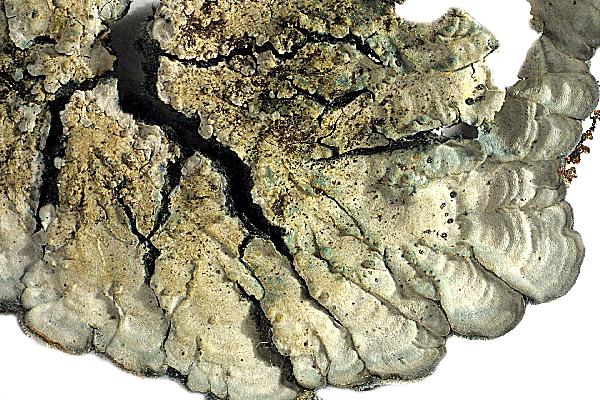

Felix Schumm - CC BY-SA 4.0
[10795]. Portugal, Azoren, Sao Miguel: Südufer des Lagoa das Furnas,
270 m, 37°45.022' N, 25°19.807' W. Leg. F. Schumm, 03.06.2003, det.
F. Schumm 07.2003. - Obere Rinde antiklinale Zellen.
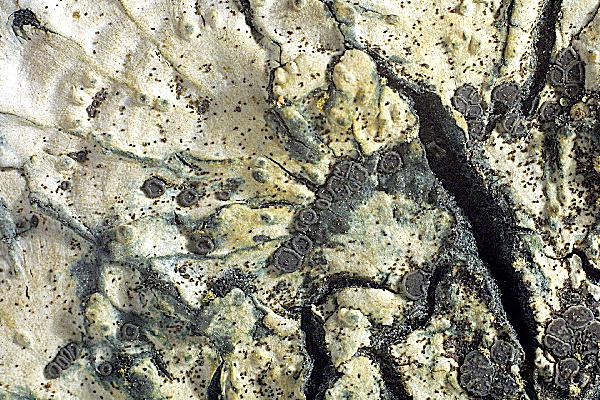

Felix Schumm - CC BY-SA 4.0
[10795]. Portugal, Azoren, Sao Miguel: Südufer des Lagoa das Furnas,
270 m, 37°45.022' N, 25°19.807' W. Leg. F. Schumm, 03.06.2003, det.
F. Schumm 07.2003. - Obere Rinde antiklinale Zellen.
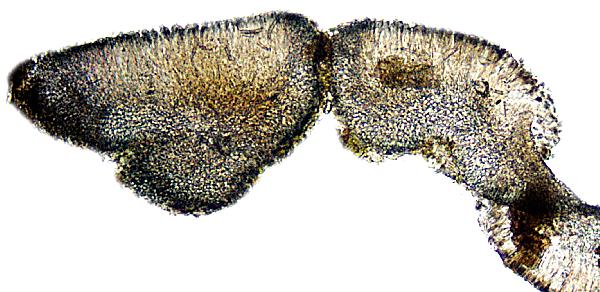

Felix Schumm - CC BY-SA 4.0
[10795]. Portugal, Azoren, Sao Miguel: Südufer des Lagoa das Furnas,
270 m, 37°45.022' N, 25°19.807' W. Leg. F. Schumm, 03.06.2003, det.
F. Schumm 07.2003. - Obere Rinde antiklinale Zellen.
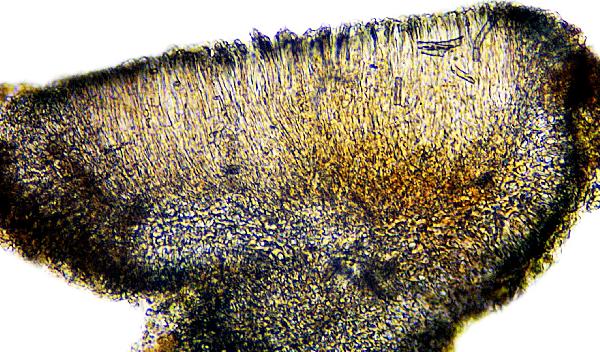

Felix Schumm - CC BY-SA 4.0
[10795]. Portugal, Azoren, Sao Miguel: Südufer des Lagoa das Furnas,
270 m, 37°45.022' N, 25°19.807' W. Leg. F. Schumm, 03.06.2003, det.
F. Schumm 07.2003. - Obere Rinde antiklinale Zellen.
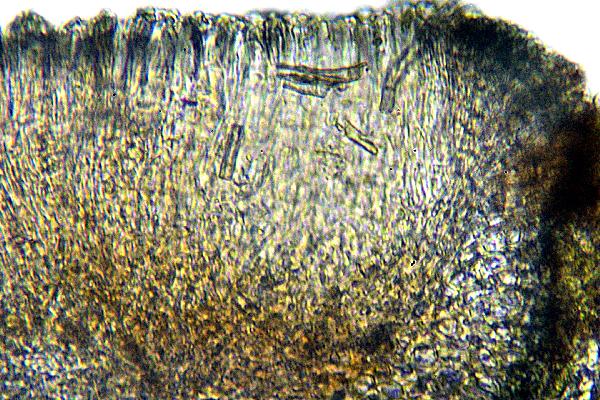

Felix Schumm - CC BY-SA 4.0
[10795]. Portugal, Azoren, Sao Miguel: Südufer des Lagoa das Furnas,
270 m, 37°45.022' N, 25°19.807' W. Leg. F. Schumm, 03.06.2003, det.
F. Schumm 07.2003. - Obere Rinde antiklinale Zellen.
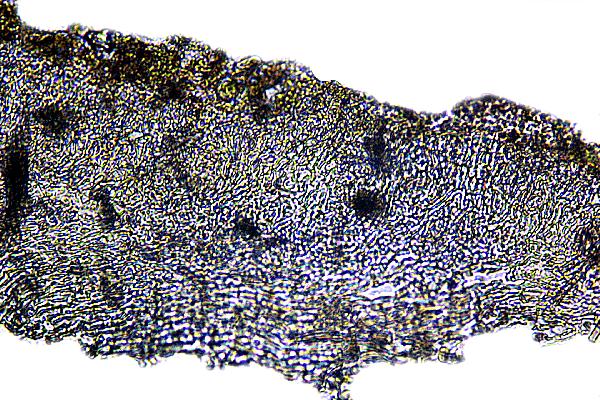

Felix Schumm - CC BY-SA 4.0
[10795]. Portugal, Azoren, Sao Miguel: Südufer des Lagoa das Furnas,
270 m, 37°45.022' N, 25°19.807' W. Leg. F. Schumm, 03.06.2003, det.
F. Schumm 07.2003. - Obere Rinde antiklinale Zellen.
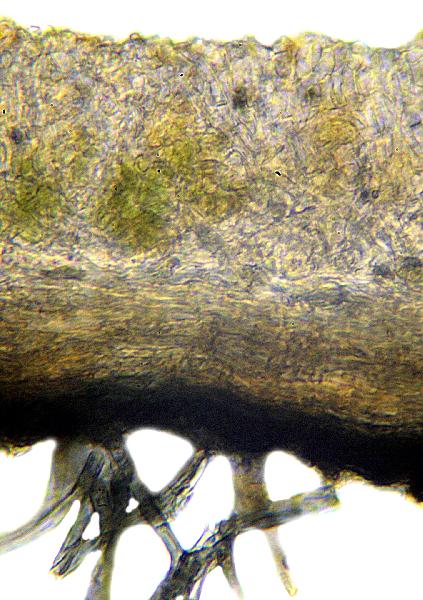

Felix Schumm - CC BY-SA 4.0
[10795]. Portugal, Azoren, Sao Miguel: Südufer des Lagoa das Furnas,
270 m, 37°45.022' N, 25°19.807' W. Leg. F. Schumm, 03.06.2003, det.
F. Schumm 07.2003. - Obere Rinde antiklinale Zellen.


Felix Schumm - CC BY-SA 4.0
[10795]. Portugal, Azoren, Sao Miguel: Südufer des Lagoa das Furnas,
270 m, 37°45.022' N, 25°19.807' W. Leg. F. Schumm, 03.06.2003, det.
F. Schumm 07.2003. - Obere Rinde antiklinale Zellen.
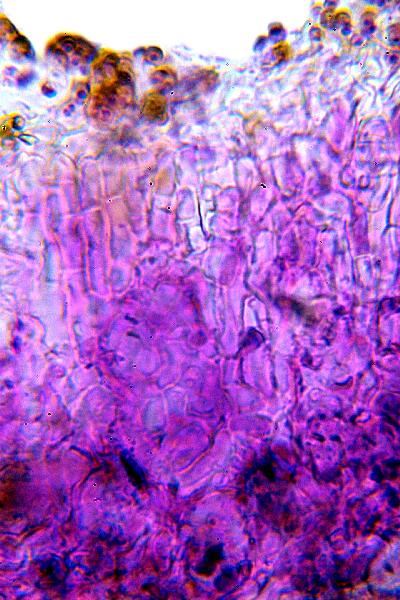

Felix Schumm - CC BY-SA 4.0
[10795]. Portugal, Azoren, Sao Miguel: Südufer des Lagoa das Furnas,
270 m, 37°45.022' N, 25°19.807' W. Leg. F. Schumm, 03.06.2003, det.
F. Schumm 07.2003. - Obere Rinde antiklinale Zellen.
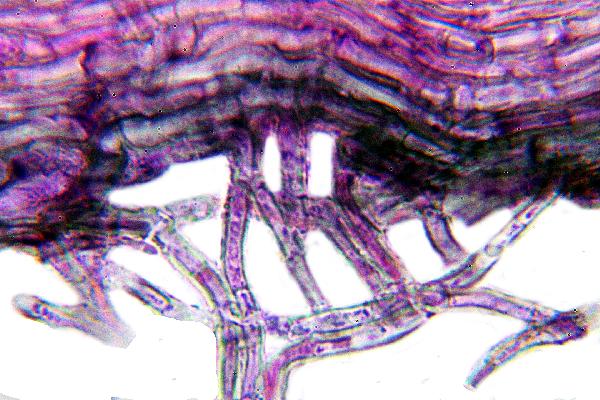

Felix Schumm - CC BY-SA 4.0
[10795]. Portugal, Azoren, Sao Miguel: Südufer des Lagoa das Furnas,
270 m, 37°45.022' N, 25°19.807' W. Leg. F. Schumm, 03.06.2003, det.
F. Schumm 07.2003. - Obere Rinde antiklinale Zellen.
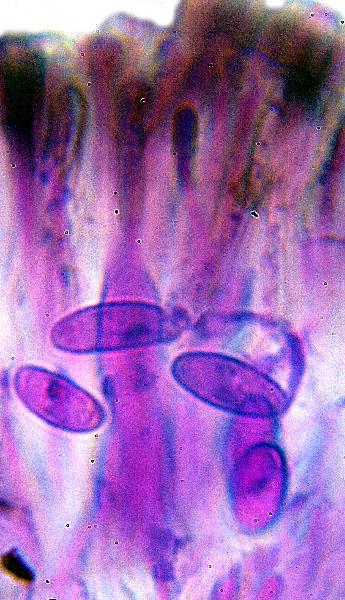

Felix Schumm - CC BY-SA 4.0
[10795]. Portugal, Azoren, Sao Miguel: Südufer des Lagoa das Furnas,
270 m, 37°45.022' N, 25°19.807' W. Leg. F. Schumm, 03.06.2003, det.
F. Schumm 07.2003. - Obere Rinde antiklinale Zellen.
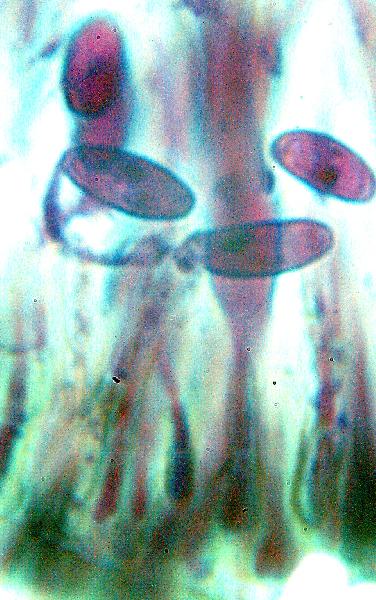

Felix Schumm - CC BY-SA 4.0
[10795]. Portugal, Azoren, Sao Miguel: Südufer des Lagoa das Furnas,
270 m, 37°45.022' N, 25°19.807' W. Leg. F. Schumm, 03.06.2003, det.
F. Schumm 07.2003. - Obere Rinde antiklinale Zellen.
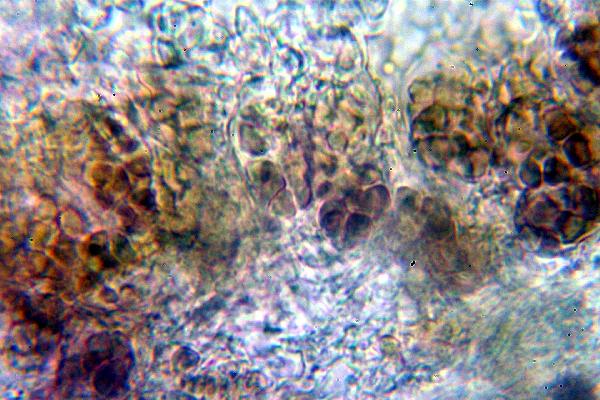

Felix Schumm - CC BY-SA 4.0
[10795]. Portugal, Azoren, Sao Miguel: Südufer des Lagoa das Furnas,
270 m, 37°45.022' N, 25°19.807' W. Leg. F. Schumm, 03.06.2003, det.
F. Schumm 07.2003. - Obere Rinde antiklinale Zellen.
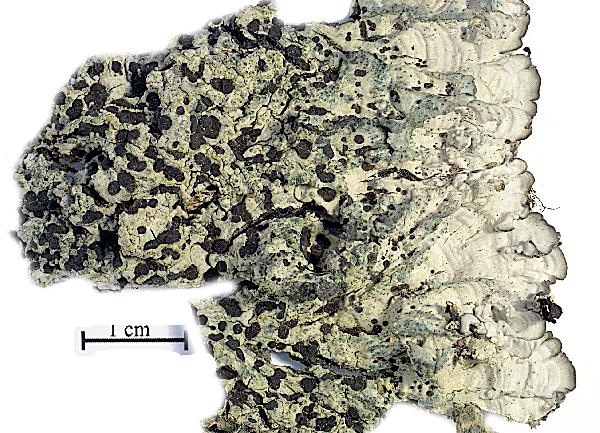

Felix Schumm - CC BY-SA 4.0
[11065], Portugal, Azoren, Sao Miguel: Südufer des Lagoa das Furnas,
270 m, 37°45.022' N, 25°19.807' W. Leg. F. Schumm, 03.06.2003, det.
F. Schumm, 08.2003.
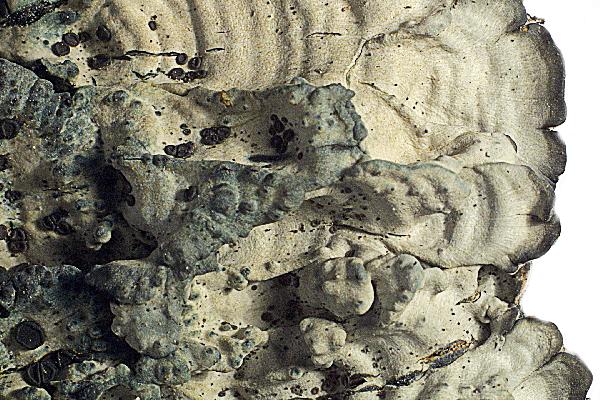

Felix Schumm - CC BY-SA 4.0
[11065], Portugal, Azoren, Sao Miguel: Südufer des Lagoa das Furnas,
270 m, 37°45.022' N, 25°19.807' W. Leg. F. Schumm, 03.06.2003, det.
F. Schumm, 08.2003.
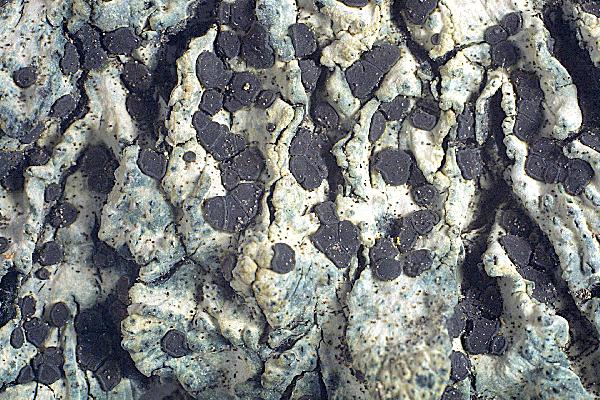

Felix Schumm - CC BY-SA 4.0
[11065], Portugal, Azoren, Sao Miguel: Südufer des Lagoa das Furnas,
270 m, 37°45.022' N, 25°19.807' W. Leg. F. Schumm, 03.06.2003, det.
F. Schumm, 08.2003.


Felix Schumm - CC BY-SA 4.0
[11065], Portugal, Azoren, Sao Miguel: Südufer des Lagoa das Furnas,
270 m, 37°45.022' N, 25°19.807' W. Leg. F. Schumm, 03.06.2003, det.
F. Schumm, 08.2003.
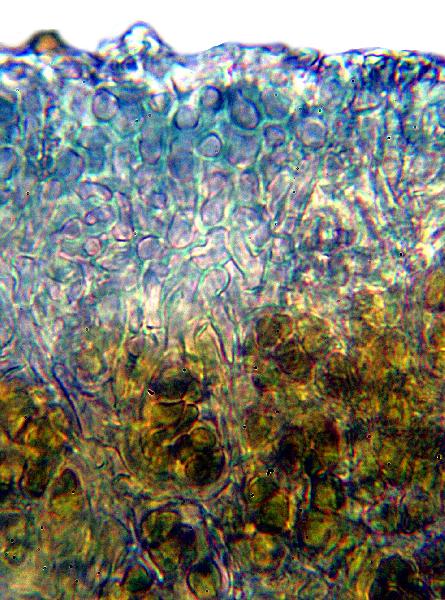

Felix Schumm - CC BY-SA 4.0
[11065], Portugal, Azoren, Sao Miguel: Südufer des Lagoa das Furnas,
270 m, 37°45.022' N, 25°19.807' W. Leg. F. Schumm, 03.06.2003, det.
F. Schumm, 08.2003.
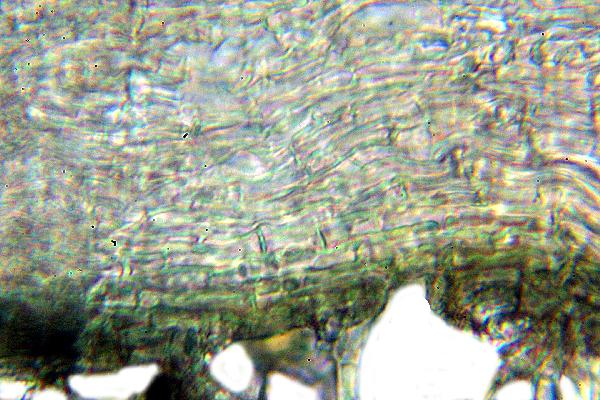

Felix Schumm - CC BY-SA 4.0
[11065], Portugal, Azoren, Sao Miguel: Südufer des Lagoa das Furnas,
270 m, 37°45.022' N, 25°19.807' W. Leg. F. Schumm, 03.06.2003, det.
F. Schumm, 08.2003.
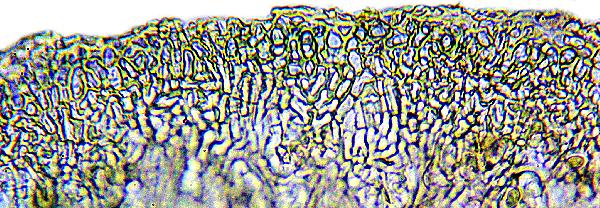

Felix Schumm - CC BY-SA 4.0
[11065], Portugal, Azoren, Sao Miguel: Südufer des Lagoa das Furnas,
270 m, 37°45.022' N, 25°19.807' W. Leg. F. Schumm, 03.06.2003, det.
F. Schumm, 08.2003.
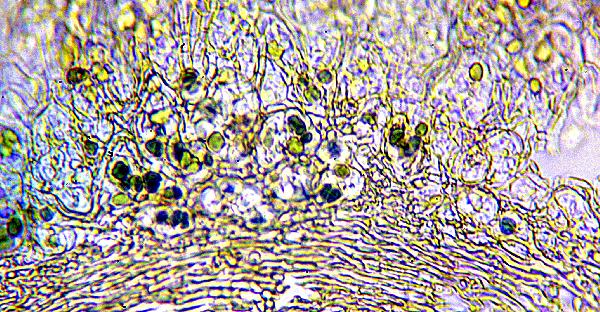

Felix Schumm - CC BY-SA 4.0
[11065], Portugal, Azoren, Sao Miguel: Südufer des Lagoa das Furnas,
270 m, 37°45.022' N, 25°19.807' W. Leg. F. Schumm, 03.06.2003, det.
F. Schumm, 08.2003.


Felix Schumm - CC BY-SA 4.0
[11065], Portugal, Azoren, Sao Miguel: Südufer des Lagoa das Furnas,
270 m, 37°45.022' N, 25°19.807' W. Leg. F. Schumm, 03.06.2003, det.
F. Schumm, 08.2003.
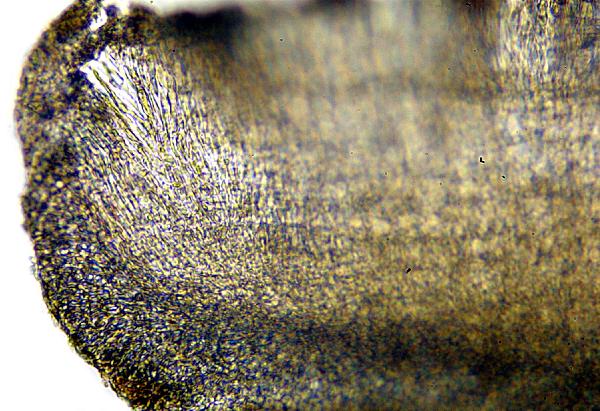

Felix Schumm - CC BY-SA 4.0
[11065], Portugal, Azoren, Sao Miguel: Südufer des Lagoa das Furnas,
270 m, 37°45.022' N, 25°19.807' W. Leg. F. Schumm, 03.06.2003, det.
F. Schumm, 08.2003.


Felix Schumm - CC BY-SA 4.0
[11065], Portugal, Azoren, Sao Miguel: Südufer des Lagoa das Furnas,
270 m, 37°45.022' N, 25°19.807' W. Leg. F. Schumm, 03.06.2003, det.
F. Schumm, 08.2003.
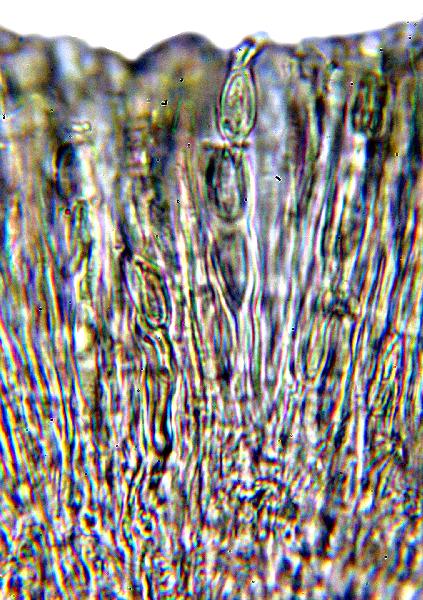

Felix Schumm - CC BY-SA 4.0
[11065], Portugal, Azoren, Sao Miguel: Südufer des Lagoa das Furnas,
270 m, 37°45.022' N, 25°19.807' W. Leg. F. Schumm, 03.06.2003, det.
F. Schumm, 08.2003.
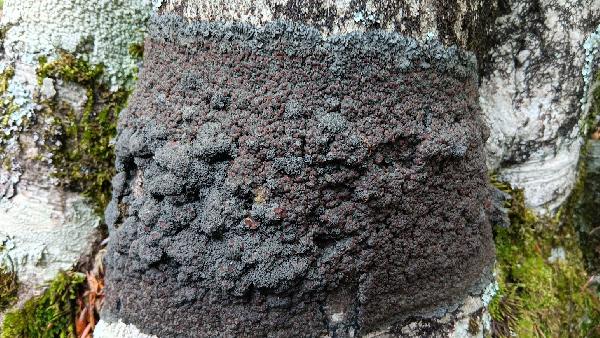
Giovanna Potenza - CC BY 4.0
Italia, Basilicata, Monte Zaccana 1250 m Comune di Castelluccio Superiore
On Fagus sylvatica
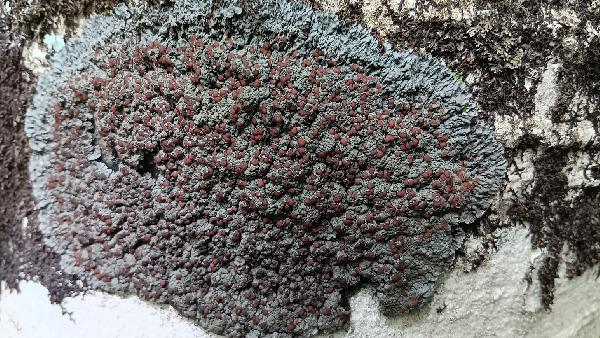
Giovanna Potenza - CC BY 4.0
Italia, Basilicata, Monte Zaccana 1250 m Comune di Castelluccio Superiore
On Fagus sylvatica
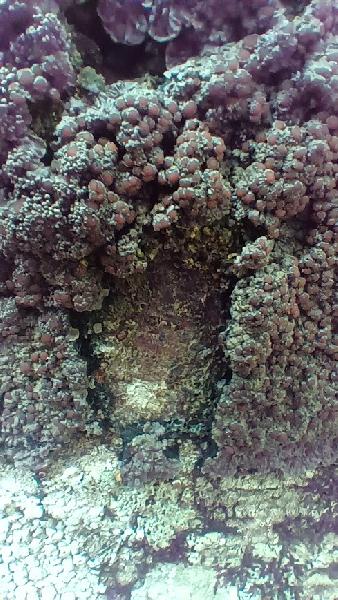
Giovanna Potenza - CC BY 4.0
Italia, Basilicata, Monte Zaccana 1250 m Comune di Castelluccio Superiore
On Fagus sylvatica
Growth form: Foliose, narrow lobed
Substrata: bark
Photobiont: cyanobacteria, filamentous (e.g. Nostoc, Scytonema)
Reproductive strategy: mainly sexual
Most common in areas with a humid-warm climate (e.g. most of Tyrrenian Italy)
Commonnes-rarity: (info)
Alpine belt: absent
Subalpine belt: absent
Oromediterranean belt: absent
Montane belt: very rare
Submediterranean belt: extremely rare
Padanian area: absent
Humid submediterranean belt: very rare
Humid mediterranean belt: very rare
Dry mediterranean belt: absent

Predictive model
| Herbarium samples |


P.L. Nimis; Owner: Department of Life Sciences, University of Trieste
Herbarium: TSB (8294)
2001/12/13


P.L. Nimis; Owner: Department of Life Sciences, University of Trieste
Herbarium: TSB (8294)
2001/12/13
apothecia


P.L. Nimis; Owner: Department of Life Sciences, University of Trieste
Herbarium: TSB (9229)
2001/12/13
hypothallus


P.L. Nimis; Owner: Department of Life Sciences, University of Trieste
Herbarium: TSB (8294)
2001/12/13


P.L.Nimis; Owner: Department of Life Sciences, University of Trieste
Herbarium: TSB (37007)
2008.02.25


P.L. Nimis; Owner: Department of Life Sciences, University of Trieste
Herbarium: TSB (8294)
2001/12/13
isidia

Courtesy Danièle et Olivier Gonnet - Source: https://www.afl-lichenologie.fr/Photos_AFL/Photos_AFL_P/Text_P_3/Pectenia_plumbea.htm
6/4/2011 - Cucuruzzu - Corse

Courtesy Danièle et Olivier Gonnet - Source: https://www.afl-lichenologie.fr/Photos_AFL/Photos_AFL_P/Text_P_3/Pectenia_plumbea.htm
6/4/2011 - Cucuruzzu - Corse

Courtesy Danièle et Olivier Gonnet - Source: https://www.afl-lichenologie.fr/Photos_AFL/Photos_AFL_P/Text_P_3/Pectenia_plumbea.htm
6/4/2011 - Cucuruzzu - Corse

Courtesy Danièle et Olivier Gonnet - Source: https://www.afl-lichenologie.fr/Photos_AFL/Photos_AFL_P/Text_P_3/Pectenia_plumbea.htm
6/4/2011 - Cucuruzzu - Corse

Courtesy Danièle et Olivier Gonnet - Source: https://www.afl-lichenologie.fr/Photos_AFL/Photos_AFL_P/Text_P_3/Pectenia_plumbea.htm
6/4/2011 - Cucuruzzu - Corse

Courtesy Danièle et Olivier Gonnet - Source: https://www.afl-lichenologie.fr/Photos_AFL/Photos_AFL_P/Text_P_3/Pectenia_plumbea.htm
6/4/2011 - Cucuruzzu - Corse

Bernard Bouffinier - Source: http://www.lichensmaritimes.org/index.php?task=fiche&lichen=308&lang=en
France, Corse, Bonifacio
morpho. plumbea

Bernard Bouffinier - Source: http://www.lichensmaritimes.org/index.php?task=fiche&lichen=308&lang=en
France, Cranou
morpho. plumbea

Bernard Bouffinier - Source: http://www.lichensmaritimes.org/index.php?task=fiche&lichen=308&lang=en
France, Lesteven
morpho. plumbea

Bernard Bouffinier - Source: http://www.lichensmaritimes.org/index.php?task=fiche&lichen=308&lang=en
France, Lesteven
morpho. plumbea

Bernard Bouffinier - Source: http://www.lichensmaritimes.org/index.php?task=fiche&lichen=308&lang=en
France, Lesteven
morpho. plumbea

Joel Querellou - Source: http://www.lichensmaritimes.org/index.php?task=fiche&lichen=308&lang=en
France, Lesteven
morpho. plumbea

Joel Querellou - Source: http://www.lichensmaritimes.org/index.php?task=fiche&lichen=308&lang=en
France, Lesteven
morpho. plumbea

Joel Querellou - Source: http://www.lichensmaritimes.org/index.php?task=fiche&lichen=308&lang=en
France, Lesteven
morpho. plumbea

Joel Querellou - Source: http://www.lichensmaritimes.org/index.php?task=fiche&lichen=308&lang=en
France, Lesteven
morpho. plumbea

Michel David - Source: http://www.lichensmaritimes.org/index.php?task=fiche&lichen=308&lang=en
France, Lesteven
morpho. plumbea

Jacques Haine - Source: http://www.lichensmaritimes.org/index.php?task=fiche&lichen=308&lang=en
France, Lesteven
morpho. plumbea

Jacques Haine - Source: http://www.lichensmaritimes.org/index.php?task=fiche&lichen=308&lang=en
France, Lesteven
morpho. plumbea

Jacques Haine - Source: http://www.lichensmaritimes.org/index.php?task=fiche&lichen=308&lang=en
France, Lesteven
morpho. plumbea

Ulrich Kirschbaum CC BY-SA 4.0 - Source: https://www.thm.de/lse/ulrich-kirschbaum/flechtenbilder
Spain: Canary Islands: La Gomera.

Ulrich Kirschbaum CC BY-SA 4.0 - Source: https://www.thm.de/lse/ulrich-kirschbaum/flechtenbilder
Spain: Canary Islands: La Gomera.


Felix Schumm - CC BY-SA 4.0
[2860], Spanien, Kanarische Inseln, Tenerife: verbreitet an halbschattigen, moosreichen, aber verhältnismäßig glattflächigen Borkenpartien der Mittelstämme von Erica arborea L. und Ilex canariensis im Pannarietum leucostictae Klem., 900 m, NO-NW, pH 6,5. Leg. G. Follmann, 04.1977, det. G. Follmann. EX G. FOLLMANN: LICHENES EXSICCXATI SELECTI A MUSEO HISTORIAE NATURALIS CASSELENSI EDITI NR. 333. - dichter Nebelwald auf dem Tabordokamm auf der Anagahalbinsel.


Felix Schumm - CC BY-SA 4.0
[2860], Spanien, Kanarische Inseln, Tenerife: verbreitet an halbschattigen, moosreichen, aber verhältnismäßig glattflächigen Borkenpartien der Mittelstämme von Erica arborea L. und Ilex canariensis im Pannarietum leucostictae Klem., 900 m, NO-NW, pH 6,5. Leg. G. Follmann, 04.1977, det. G. Follmann. EX G. FOLLMANN: LICHENES EXSICCXATI SELECTI A MUSEO HISTORIAE NATURALIS CASSELENSI EDITI NR. 333. - dichter Nebelwald auf dem Tabordokamm auf der Anagahalbinsel.


Felix Schumm - CC BY-SA 4.0
[2860], Spanien, Kanarische Inseln, Tenerife: verbreitet an halbschattigen, moosreichen, aber verhältnismäßig glattflächigen Borkenpartien der Mittelstämme von Erica arborea L. und Ilex canariensis im Pannarietum leucostictae Klem., 900 m, NO-NW, pH 6,5. Leg. G. Follmann, 04.1977, det. G. Follmann. EX G. FOLLMANN: LICHENES EXSICCXATI SELECTI A MUSEO HISTORIAE NATURALIS CASSELENSI EDITI NR. 333. - dichter Nebelwald auf dem Tabordokamm auf der Anagahalbinsel.


Felix Schumm - CC BY-SA 4.0
[2860], Spanien, Kanarische Inseln, Tenerife: verbreitet an halbschattigen, moosreichen, aber verhältnismäßig glattflächigen Borkenpartien der Mittelstämme von Erica arborea L. und Ilex canariensis im Pannarietum leucostictae Klem., 900 m, NO-NW, pH 6,5. Leg. G. Follmann, 04.1977, det. G. Follmann. EX G. FOLLMANN: LICHENES EXSICCXATI SELECTI A MUSEO HISTORIAE NATURALIS CASSELENSI EDITI NR. 333. - dichter Nebelwald auf dem Tabordokamm auf der Anagahalbinsel.


Felix Schumm - CC BY-SA 4.0
[2860], Spanien, Kanarische Inseln, Tenerife: verbreitet an halbschattigen, moosreichen, aber verhältnismäßig glattflächigen Borkenpartien der Mittelstämme von Erica arborea L. und Ilex canariensis im Pannarietum leucostictae Klem., 900 m, NO-NW, pH 6,5. Leg. G. Follmann, 04.1977, det. G. Follmann. EX G. FOLLMANN: LICHENES EXSICCXATI SELECTI A MUSEO HISTORIAE NATURALIS CASSELENSI EDITI NR. 333. - dichter Nebelwald auf dem Tabordokamm auf der Anagahalbinsel.


Felix Schumm - CC BY-SA 4.0
[9106], Spanien, Kanaren, La Gomera: Beim Mirador de Alojera (Piedras Hincadas) nördlich von Arure im Lorbeer-Erica Wald, 28°08.995' N, 17°18.483 W, 1000 m. Leg. F. 10.02.2002, det. F. Schumm, 2007. - Obere Rinde in Längsschnitten antiklinal bis pseudoparenchymatisch; keine periklinale Schicht zu sehen.


Felix Schumm - CC BY-SA 4.0
[9106], Spanien, Kanaren, La Gomera: Beim Mirador de Alojera (Piedras Hincadas) nördlich von Arure im Lorbeer-Erica Wald, 28°08.995' N, 17°18.483 W, 1000 m. Leg. F. 10.02.2002, det. F. Schumm, 2007. - Obere Rinde in Längsschnitten antiklinal bis pseudoparenchymatisch; keine periklinale Schicht zu sehen.


Felix Schumm - CC BY-SA 4.0
[9106], Spanien, Kanaren, La Gomera: Beim Mirador de Alojera (Piedras Hincadas) nördlich von Arure im Lorbeer-Erica Wald, 28°08.995' N, 17°18.483 W, 1000 m. Leg. F. 10.02.2002, det. F. Schumm, 2007. - Obere Rinde in Längsschnitten antiklinal bis pseudoparenchymatisch; keine periklinale Schicht zu sehen.


Felix Schumm - CC BY-SA 4.0
[9106], Spanien, Kanaren, La Gomera: Beim Mirador de Alojera (Piedras Hincadas) nördlich von Arure im Lorbeer-Erica Wald, 28°08.995' N, 17°18.483 W, 1000 m. Leg. F. 10.02.2002, det. F. Schumm, 2007. - Obere Rinde in Längsschnitten antiklinal bis pseudoparenchymatisch; keine periklinale Schicht zu sehen.


Felix Schumm - CC BY-SA 4.0
[9106], Spanien, Kanaren, La Gomera: Beim Mirador de Alojera (Piedras Hincadas) nördlich von Arure im Lorbeer-Erica Wald, 28°08.995' N, 17°18.483 W, 1000 m. Leg. F. 10.02.2002, det. F. Schumm, 2007. - Obere Rinde in Längsschnitten antiklinal bis pseudoparenchymatisch; keine periklinale Schicht zu sehen.


Felix Schumm - CC BY-SA 4.0
[9106], Spanien, Kanaren, La Gomera: Beim Mirador de Alojera (Piedras Hincadas) nördlich von Arure im Lorbeer-Erica Wald, 28°08.995' N, 17°18.483 W, 1000 m. Leg. F. 10.02.2002, det. F. Schumm, 2007. - Obere Rinde in Längsschnitten antiklinal bis pseudoparenchymatisch; keine periklinale Schicht zu sehen.


Felix Schumm - CC BY-SA 4.0
[9106], Spanien, Kanaren, La Gomera: Beim Mirador de Alojera (Piedras Hincadas) nördlich von Arure im Lorbeer-Erica Wald, 28°08.995' N, 17°18.483 W, 1000 m. Leg. F. 10.02.2002, det. F. Schumm, 2007. - Obere Rinde in Längsschnitten antiklinal bis pseudoparenchymatisch; keine periklinale Schicht zu sehen.


Felix Schumm - CC BY-SA 4.0
[10783], Portugal, Azoren, Sao Miguel: Südufer des Lagoa das Furnas, 270 m, 37°45.022' N, 25°19.807' W. Leg. F. Schumm. 03.06.2003, det. F. Schumm 07.2003. - Sporen hyalin, zu 8, 11-13 x 4,4-6,5 μm, 1- zellig; Apoth. Rand. ohne Algen, zellig; Algenzellen 6,5 μm; Obere Rinde nicht deutlich periklinal sondern antiklinal!


Felix Schumm - CC BY-SA 4.0
[10783], Portugal, Azoren, Sao Miguel: Südufer des Lagoa das Furnas, 270 m, 37°45.022' N, 25°19.807' W. Leg. F. Schumm. 03.06.2003, det. F. Schumm 07.2003. - Sporen hyalin, zu 8, 11-13 x 4,4-6,5 μm, 1- zellig; Apoth. Rand. ohne Algen, zellig; Algenzellen 6,5 μm; Obere Rinde nicht deutlich periklinal sondern antiklinal!


Felix Schumm - CC BY-SA 4.0
[10783], Portugal, Azoren, Sao Miguel: Südufer des Lagoa das Furnas, 270 m, 37°45.022' N, 25°19.807' W. Leg. F. Schumm. 03.06.2003, det. F. Schumm 07.2003. - Sporen hyalin, zu 8, 11-13 x 4,4-6,5 μm, 1- zellig; Apoth. Rand. ohne Algen, zellig; Algenzellen 6,5 μm; Obere Rinde nicht deutlich periklinal sondern antiklinal!


Felix Schumm - CC BY-SA 4.0
[10783], Portugal, Azoren, Sao Miguel: Südufer des Lagoa das Furnas, 270 m, 37°45.022' N, 25°19.807' W. Leg. F. Schumm. 03.06.2003, det. F. Schumm 07.2003. - Sporen hyalin, zu 8, 11-13 x 4,4-6,5 μm, 1- zellig; Apoth. Rand. ohne Algen, zellig; Algenzellen 6,5 μm; Obere Rinde nicht deutlich periklinal sondern antiklinal!


Felix Schumm - CC BY-SA 4.0
[10783], Portugal, Azoren, Sao Miguel: Südufer des Lagoa das Furnas, 270 m, 37°45.022' N, 25°19.807' W. Leg. F. Schumm. 03.06.2003, det. F. Schumm 07.2003. - Sporen hyalin, zu 8, 11-13 x 4,4-6,5 μm, 1- zellig; Apoth. Rand. ohne Algen, zellig; Algenzellen 6,5 μm; Obere Rinde nicht deutlich periklinal sondern antiklinal!


Felix Schumm - CC BY-SA 4.0
[10783], Portugal, Azoren, Sao Miguel: Südufer des Lagoa das Furnas, 270 m, 37°45.022' N, 25°19.807' W. Leg. F. Schumm. 03.06.2003, det. F. Schumm 07.2003. - Sporen hyalin, zu 8, 11-13 x 4,4-6,5 μm, 1- zellig; Apoth. Rand. ohne Algen, zellig; Algenzellen 6,5 μm; Obere Rinde nicht deutlich periklinal sondern antiklinal!


Felix Schumm - CC BY-SA 4.0
[10783], Portugal, Azoren, Sao Miguel: Südufer des Lagoa das Furnas, 270 m, 37°45.022' N, 25°19.807' W. Leg. F. Schumm. 03.06.2003, det. F. Schumm 07.2003. - Sporen hyalin, zu 8, 11-13 x 4,4-6,5 μm, 1- zellig; Apoth. Rand. ohne Algen, zellig; Algenzellen 6,5 μm; Obere Rinde nicht deutlich periklinal sondern antiklinal!


Felix Schumm - CC BY-SA 4.0
[10783], Portugal, Azoren, Sao Miguel: Südufer des Lagoa das Furnas, 270 m, 37°45.022' N, 25°19.807' W. Leg. F. Schumm. 03.06.2003, det. F. Schumm 07.2003. - Sporen hyalin, zu 8, 11-13 x 4,4-6,5 μm, 1- zellig; Apoth. Rand. ohne Algen, zellig; Algenzellen 6,5 μm; Obere Rinde nicht deutlich periklinal sondern antiklinal!


Felix Schumm - CC BY-SA 4.0
[10783], Portugal, Azoren, Sao Miguel: Südufer des Lagoa das Furnas, 270 m, 37°45.022' N, 25°19.807' W. Leg. F. Schumm. 03.06.2003, det. F. Schumm 07.2003. - Sporen hyalin, zu 8, 11-13 x 4,4-6,5 μm, 1- zellig; Apoth. Rand. ohne Algen, zellig; Algenzellen 6,5 μm; Obere Rinde nicht deutlich periklinal sondern antiklinal!


Felix Schumm - CC BY-SA 4.0
[10783], Portugal, Azoren, Sao Miguel: Südufer des Lagoa das Furnas, 270 m, 37°45.022' N, 25°19.807' W. Leg. F. Schumm. 03.06.2003, det. F. Schumm 07.2003. - Sporen hyalin, zu 8, 11-13 x 4,4-6,5 μm, 1- zellig; Apoth. Rand. ohne Algen, zellig; Algenzellen 6,5 μm; Obere Rinde nicht deutlich periklinal sondern antiklinal!


Felix Schumm - CC BY-SA 4.0
[10783], Portugal, Azoren, Sao Miguel: Südufer des Lagoa das Furnas, 270 m, 37°45.022' N, 25°19.807' W. Leg. F. Schumm. 03.06.2003, det. F. Schumm 07.2003. - Sporen hyalin, zu 8, 11-13 x 4,4-6,5 μm, 1- zellig; Apoth. Rand. ohne Algen, zellig; Algenzellen 6,5 μm; Obere Rinde nicht deutlich periklinal sondern antiklinal!


Felix Schumm - CC BY-SA 4.0
[10783], Portugal, Azoren, Sao Miguel: Südufer des Lagoa das Furnas, 270 m, 37°45.022' N, 25°19.807' W. Leg. F. Schumm. 03.06.2003, det. F. Schumm 07.2003. - Sporen hyalin, zu 8, 11-13 x 4,4-6,5 μm, 1- zellig; Apoth. Rand. ohne Algen, zellig; Algenzellen 6,5 μm; Obere Rinde nicht deutlich periklinal sondern antiklinal!


Felix Schumm - CC BY-SA 4.0
[10783], Portugal, Azoren, Sao Miguel: Südufer des Lagoa das Furnas, 270 m, 37°45.022' N, 25°19.807' W. Leg. F. Schumm. 03.06.2003, det. F. Schumm 07.2003. - Sporen hyalin, zu 8, 11-13 x 4,4-6,5 μm, 1- zellig; Apoth. Rand. ohne Algen, zellig; Algenzellen 6,5 μm; Obere Rinde nicht deutlich periklinal sondern antiklinal!


Felix Schumm - CC BY-SA 4.0
[10783], Portugal, Azoren, Sao Miguel: Südufer des Lagoa das Furnas, 270 m, 37°45.022' N, 25°19.807' W. Leg. F. Schumm. 03.06.2003, det. F. Schumm 07.2003. - Sporen hyalin, zu 8, 11-13 x 4,4-6,5 μm, 1- zellig; Apoth. Rand. ohne Algen, zellig; Algenzellen 6,5 μm; Obere Rinde nicht deutlich periklinal sondern antiklinal!


Felix Schumm - CC BY-SA 4.0
[10783], Portugal, Azoren, Sao Miguel: Südufer des Lagoa das Furnas, 270 m, 37°45.022' N, 25°19.807' W. Leg. F. Schumm. 03.06.2003, det. F. Schumm 07.2003. - Sporen hyalin, zu 8, 11-13 x 4,4-6,5 μm, 1- zellig; Apoth. Rand. ohne Algen, zellig; Algenzellen 6,5 μm; Obere Rinde nicht deutlich periklinal sondern antiklinal!


Felix Schumm - CC BY-SA 4.0
[10783], Portugal, Azoren, Sao Miguel: Südufer des Lagoa das Furnas, 270 m, 37°45.022' N, 25°19.807' W. Leg. F. Schumm. 03.06.2003, det. F. Schumm 07.2003. - Sporen hyalin, zu 8, 11-13 x 4,4-6,5 μm, 1- zellig; Apoth. Rand. ohne Algen, zellig; Algenzellen 6,5 μm; Obere Rinde nicht deutlich periklinal sondern antiklinal!


Felix Schumm - CC BY-SA 4.0
[10795]. Portugal, Azoren, Sao Miguel: Südufer des Lagoa das Furnas, 270 m, 37°45.022' N, 25°19.807' W. Leg. F. Schumm, 03.06.2003, det. F. Schumm 07.2003. - Obere Rinde antiklinale Zellen.


Felix Schumm - CC BY-SA 4.0
[10795]. Portugal, Azoren, Sao Miguel: Südufer des Lagoa das Furnas, 270 m, 37°45.022' N, 25°19.807' W. Leg. F. Schumm, 03.06.2003, det. F. Schumm 07.2003. - Obere Rinde antiklinale Zellen.


Felix Schumm - CC BY-SA 4.0
[10795]. Portugal, Azoren, Sao Miguel: Südufer des Lagoa das Furnas, 270 m, 37°45.022' N, 25°19.807' W. Leg. F. Schumm, 03.06.2003, det. F. Schumm 07.2003. - Obere Rinde antiklinale Zellen.


Felix Schumm - CC BY-SA 4.0
[10795]. Portugal, Azoren, Sao Miguel: Südufer des Lagoa das Furnas, 270 m, 37°45.022' N, 25°19.807' W. Leg. F. Schumm, 03.06.2003, det. F. Schumm 07.2003. - Obere Rinde antiklinale Zellen.


Felix Schumm - CC BY-SA 4.0
[10795]. Portugal, Azoren, Sao Miguel: Südufer des Lagoa das Furnas, 270 m, 37°45.022' N, 25°19.807' W. Leg. F. Schumm, 03.06.2003, det. F. Schumm 07.2003. - Obere Rinde antiklinale Zellen.


Felix Schumm - CC BY-SA 4.0
[10795]. Portugal, Azoren, Sao Miguel: Südufer des Lagoa das Furnas, 270 m, 37°45.022' N, 25°19.807' W. Leg. F. Schumm, 03.06.2003, det. F. Schumm 07.2003. - Obere Rinde antiklinale Zellen.


Felix Schumm - CC BY-SA 4.0
[10795]. Portugal, Azoren, Sao Miguel: Südufer des Lagoa das Furnas, 270 m, 37°45.022' N, 25°19.807' W. Leg. F. Schumm, 03.06.2003, det. F. Schumm 07.2003. - Obere Rinde antiklinale Zellen.


Felix Schumm - CC BY-SA 4.0
[10795]. Portugal, Azoren, Sao Miguel: Südufer des Lagoa das Furnas, 270 m, 37°45.022' N, 25°19.807' W. Leg. F. Schumm, 03.06.2003, det. F. Schumm 07.2003. - Obere Rinde antiklinale Zellen.


Felix Schumm - CC BY-SA 4.0
[10795]. Portugal, Azoren, Sao Miguel: Südufer des Lagoa das Furnas, 270 m, 37°45.022' N, 25°19.807' W. Leg. F. Schumm, 03.06.2003, det. F. Schumm 07.2003. - Obere Rinde antiklinale Zellen.


Felix Schumm - CC BY-SA 4.0
[10795]. Portugal, Azoren, Sao Miguel: Südufer des Lagoa das Furnas, 270 m, 37°45.022' N, 25°19.807' W. Leg. F. Schumm, 03.06.2003, det. F. Schumm 07.2003. - Obere Rinde antiklinale Zellen.


Felix Schumm - CC BY-SA 4.0
[10795]. Portugal, Azoren, Sao Miguel: Südufer des Lagoa das Furnas, 270 m, 37°45.022' N, 25°19.807' W. Leg. F. Schumm, 03.06.2003, det. F. Schumm 07.2003. - Obere Rinde antiklinale Zellen.


Felix Schumm - CC BY-SA 4.0
[10795]. Portugal, Azoren, Sao Miguel: Südufer des Lagoa das Furnas, 270 m, 37°45.022' N, 25°19.807' W. Leg. F. Schumm, 03.06.2003, det. F. Schumm 07.2003. - Obere Rinde antiklinale Zellen.


Felix Schumm - CC BY-SA 4.0
[10795]. Portugal, Azoren, Sao Miguel: Südufer des Lagoa das Furnas, 270 m, 37°45.022' N, 25°19.807' W. Leg. F. Schumm, 03.06.2003, det. F. Schumm 07.2003. - Obere Rinde antiklinale Zellen.


Felix Schumm - CC BY-SA 4.0
[10795]. Portugal, Azoren, Sao Miguel: Südufer des Lagoa das Furnas, 270 m, 37°45.022' N, 25°19.807' W. Leg. F. Schumm, 03.06.2003, det. F. Schumm 07.2003. - Obere Rinde antiklinale Zellen.


Felix Schumm - CC BY-SA 4.0
[10795]. Portugal, Azoren, Sao Miguel: Südufer des Lagoa das Furnas, 270 m, 37°45.022' N, 25°19.807' W. Leg. F. Schumm, 03.06.2003, det. F. Schumm 07.2003. - Obere Rinde antiklinale Zellen.


Felix Schumm - CC BY-SA 4.0
[11065], Portugal, Azoren, Sao Miguel: Südufer des Lagoa das Furnas, 270 m, 37°45.022' N, 25°19.807' W. Leg. F. Schumm, 03.06.2003, det. F. Schumm, 08.2003.


Felix Schumm - CC BY-SA 4.0
[11065], Portugal, Azoren, Sao Miguel: Südufer des Lagoa das Furnas, 270 m, 37°45.022' N, 25°19.807' W. Leg. F. Schumm, 03.06.2003, det. F. Schumm, 08.2003.


Felix Schumm - CC BY-SA 4.0
[11065], Portugal, Azoren, Sao Miguel: Südufer des Lagoa das Furnas, 270 m, 37°45.022' N, 25°19.807' W. Leg. F. Schumm, 03.06.2003, det. F. Schumm, 08.2003.


Felix Schumm - CC BY-SA 4.0
[11065], Portugal, Azoren, Sao Miguel: Südufer des Lagoa das Furnas, 270 m, 37°45.022' N, 25°19.807' W. Leg. F. Schumm, 03.06.2003, det. F. Schumm, 08.2003.


Felix Schumm - CC BY-SA 4.0
[11065], Portugal, Azoren, Sao Miguel: Südufer des Lagoa das Furnas, 270 m, 37°45.022' N, 25°19.807' W. Leg. F. Schumm, 03.06.2003, det. F. Schumm, 08.2003.


Felix Schumm - CC BY-SA 4.0
[11065], Portugal, Azoren, Sao Miguel: Südufer des Lagoa das Furnas, 270 m, 37°45.022' N, 25°19.807' W. Leg. F. Schumm, 03.06.2003, det. F. Schumm, 08.2003.


Felix Schumm - CC BY-SA 4.0
[11065], Portugal, Azoren, Sao Miguel: Südufer des Lagoa das Furnas, 270 m, 37°45.022' N, 25°19.807' W. Leg. F. Schumm, 03.06.2003, det. F. Schumm, 08.2003.


Felix Schumm - CC BY-SA 4.0
[11065], Portugal, Azoren, Sao Miguel: Südufer des Lagoa das Furnas, 270 m, 37°45.022' N, 25°19.807' W. Leg. F. Schumm, 03.06.2003, det. F. Schumm, 08.2003.


Felix Schumm - CC BY-SA 4.0
[11065], Portugal, Azoren, Sao Miguel: Südufer des Lagoa das Furnas, 270 m, 37°45.022' N, 25°19.807' W. Leg. F. Schumm, 03.06.2003, det. F. Schumm, 08.2003.


Felix Schumm - CC BY-SA 4.0
[11065], Portugal, Azoren, Sao Miguel: Südufer des Lagoa das Furnas, 270 m, 37°45.022' N, 25°19.807' W. Leg. F. Schumm, 03.06.2003, det. F. Schumm, 08.2003.


Felix Schumm - CC BY-SA 4.0
[11065], Portugal, Azoren, Sao Miguel: Südufer des Lagoa das Furnas, 270 m, 37°45.022' N, 25°19.807' W. Leg. F. Schumm, 03.06.2003, det. F. Schumm, 08.2003.


Felix Schumm - CC BY-SA 4.0
[11065], Portugal, Azoren, Sao Miguel: Südufer des Lagoa das Furnas, 270 m, 37°45.022' N, 25°19.807' W. Leg. F. Schumm, 03.06.2003, det. F. Schumm, 08.2003.

Giovanna Potenza - CC BY 4.0
Italia, Basilicata, Monte Zaccana 1250 m Comune di Castelluccio Superiore
On Fagus sylvatica

Giovanna Potenza - CC BY 4.0
Italia, Basilicata, Monte Zaccana 1250 m Comune di Castelluccio Superiore
On Fagus sylvatica

 INDEX FUNGORUM
INDEX FUNGORUM
 GBIF
GBIF
 DOLICHENS
DOLICHENS
